Introduction
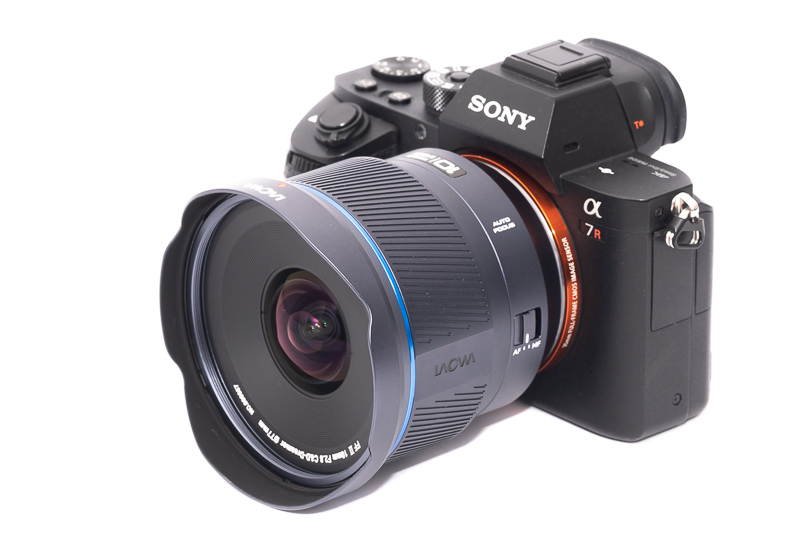
2024 is a special year for Laowa, as it marks the company’s 10th anniversary. What better way to celebrate this than with a 10mm lens? But wait, Laowa already released a 9mm full frame lens, so what is so special about this 10mm lens? For starters, this lens features a maximum aperture of f/2.8, making it the world’s fastest 10mm lens and also the world’s widest f/2.8 lens. But what might be even more important: this is Laowa’s first AF lens. The beginning of a new era.
Sample Images

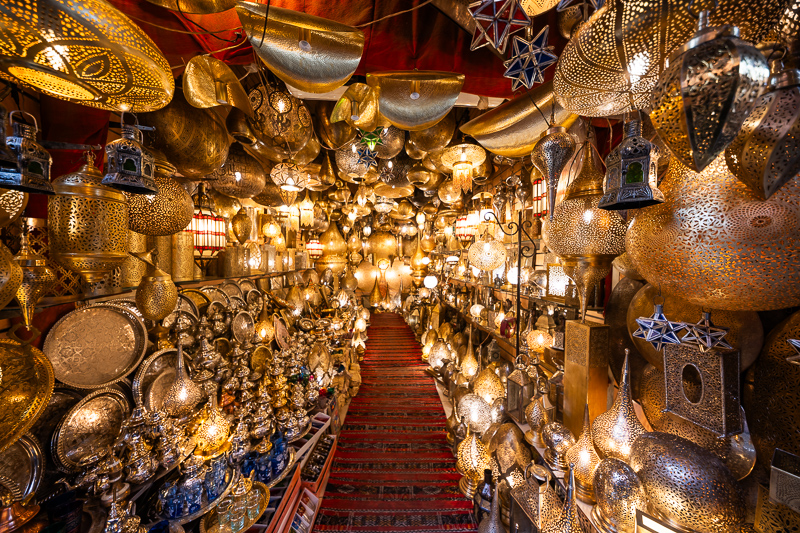
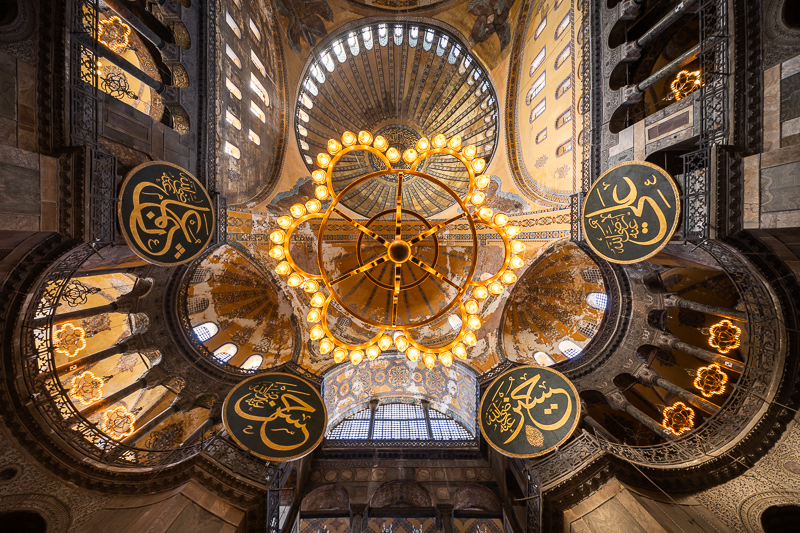
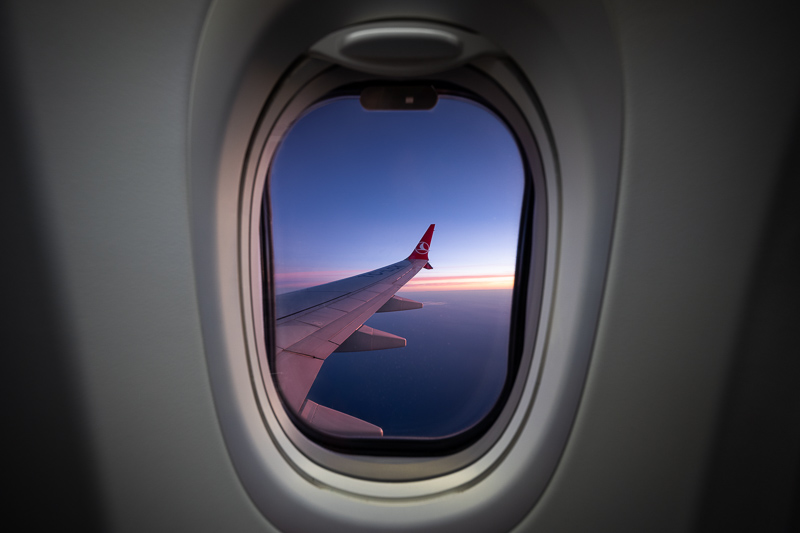
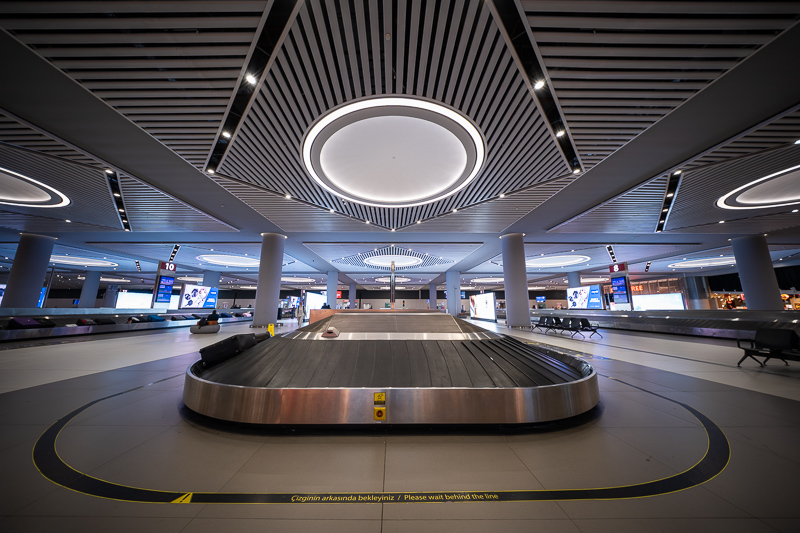
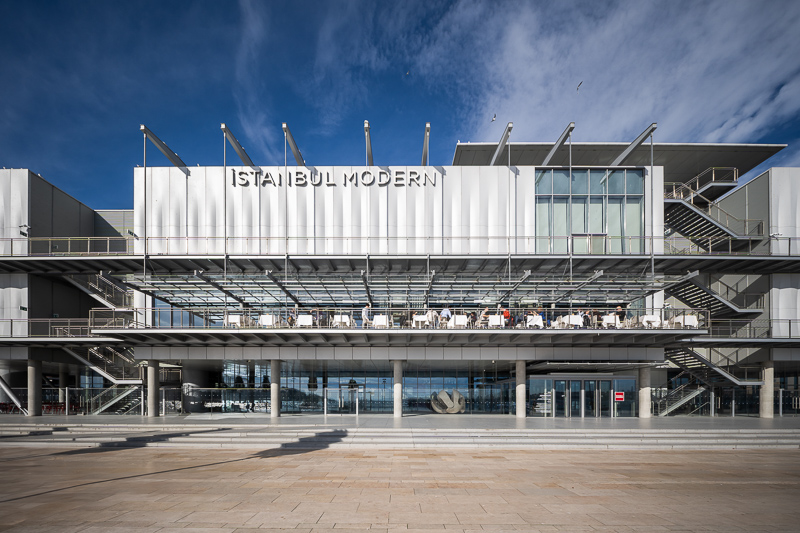
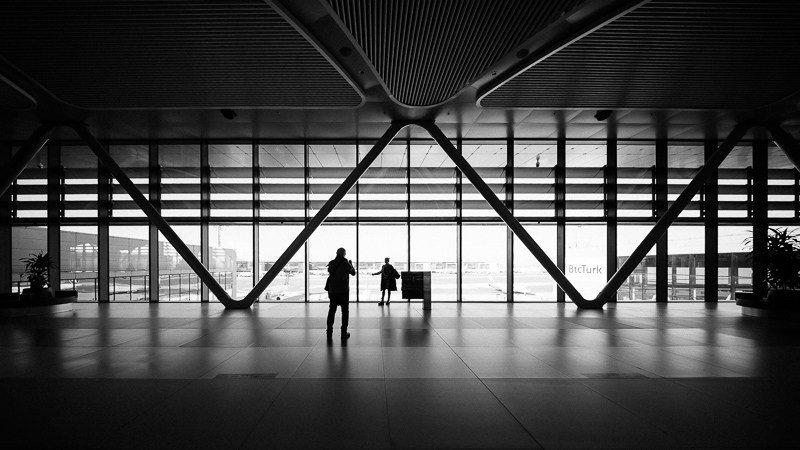
Many of the Sample images in this review can be found in full resolution here.
Contents
Disclosure
The Laowa 10mm 2.8 AF was kindly provided free of charge by Laowa for reviewing purpose for a few weeks prior to release.
Specifications / Version History
Laowa released several ultra wide ange lenses by now, including the Laowa 10-18mm 4.5-5.6 (the first fullframe zoom starting at 10mm), an even wider Laowa 9mm 5.6 and the Laowa 12mm 2.8. This 10mm 2.8 offers an unprecedented combination of focal length and maximum aperture though and it is also the first Laowa to feature autofocus (only available for E-mount and Z-mount), its full specifications (E-mount, AF version) are:
-
- Diameter: 82 mm
- Field of view: 130.4° (diagonally)
- Length: 72 mm
- Weight: 420g (without hood, without caps)
- Filter Diameter: 77 mm
- Number of Aperture Blades: 5 (straight)
- Elements/Groups: 15/9

- Close Focusing Distance: 0.12 m
- Maximum Magnification: 1:5.1 (measured)
- Mount: Sony-E, Nikon-Z, Canon RF, L-mount
For Sony-E and Nikon-Z this lens is also available as manual focus version with 14 aperture blades and aperture ring. They do not feature electronic contacts though.
buy from the manufacturer’s homepage, B&H, ebay.com for $799
How wide is it?
I have been using lenses this wide for years, but if you are not that familiar with them it is difficult to grasp what a big jump it is from a lens being 10mm wide to one being 9mm wide. Therefore I thought it would be a good idea to include this comparison.
We also see that the 10mm has less issues with color cast, probably thanks to its much bigger rear element.
Handling / Build Quality
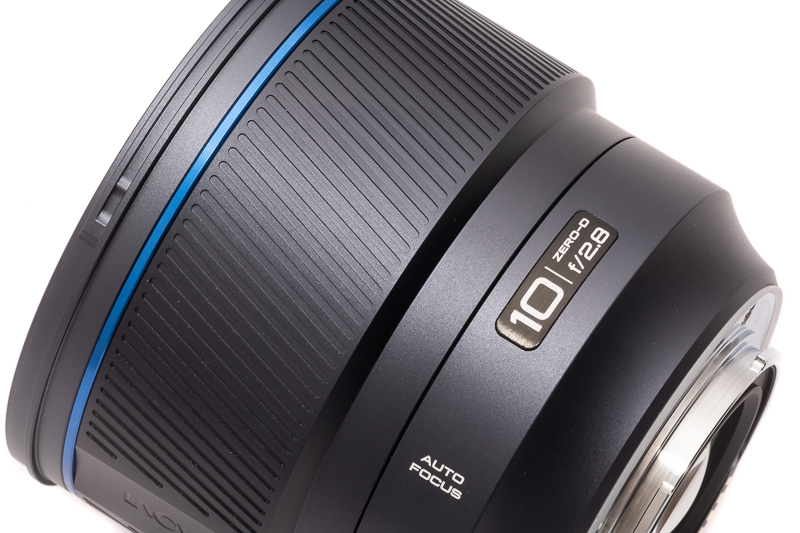
This 10mm 2.8 is not only Laowa’s first AF lens, it also features a new casing design. While Laowa’s previous lenses were usually simply black, this one features a metallic dark grey finish. I like it and everyone I have shown the lens to so far also liked it, but obiously it matches the color of most cameras less compared to a black lens.
The materials used differ from other Laowa lenses. I was told it is made from aluminium but I think there are also some parts made of high quality polycarbonate. Either way, the lens is lighter than it looks.
The focus ring is also something special, as it features two bumps with a Laowa logo. Another unique design element. For an AF lens the ring is well dampened and it takes 180° from the minimum focus distance to infinity – similar to Sony’s GM lenses.
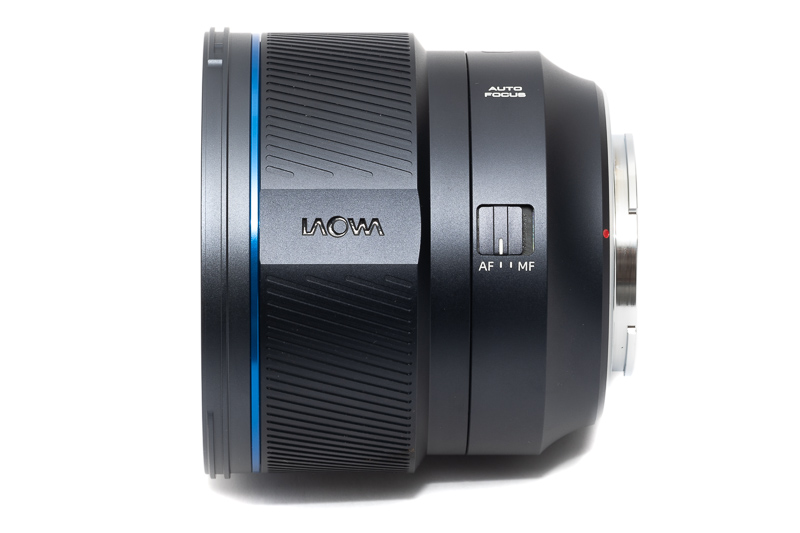
The lens does also feature an AF/MF-switch on the left side.
The E-mount version does not feature an aperture ring, you set the desired aperture in camera.
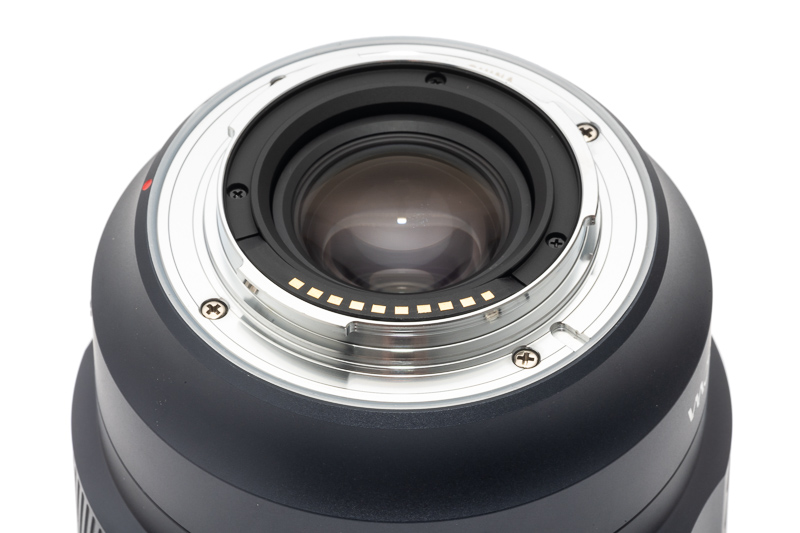
The lens also features a rubber gasket at the rear bayonet which some people think helps with keeping the sensor clean of dust and others think is mainly a marketing gag.
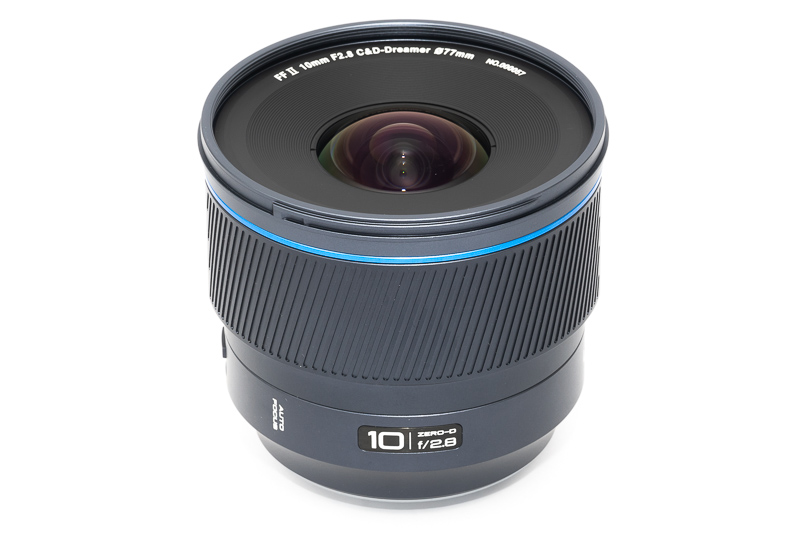
When it comes to the glass diameter in relation to the diameter of the whole lens this Laowa 10mm 2.8 AF reminds me a lot of the Zeiss Batis 18mm 2.8, meaning the glass elements look tiny compared to the huge casing, but there is acually a good reason for that. So far none of the 10mm (or 9mm) lenses featured a normal filter thread, mainly thanks to their bulbous front elements. This Laowa 10mm 2.8 AF on the other hand features a standard 77mm filter thread. I tried it with a slim polarizer and that works without any additional vignetting. I also tried to stack two filters, which leads to massive vignetting.
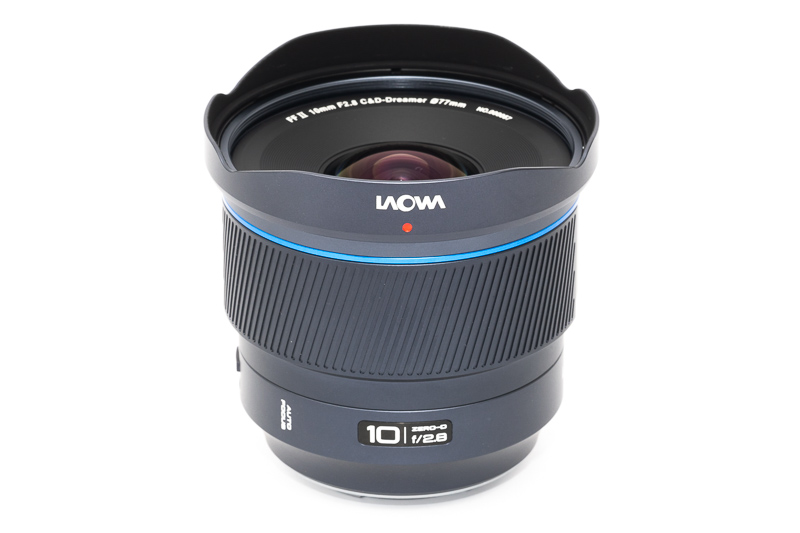
The hood is also removable, so theoretically you could use a filter system as well. I don’t have a 100mm system to tell you which combinations work here though. Attaching and removing the hood requires some force on this sample of the lens.
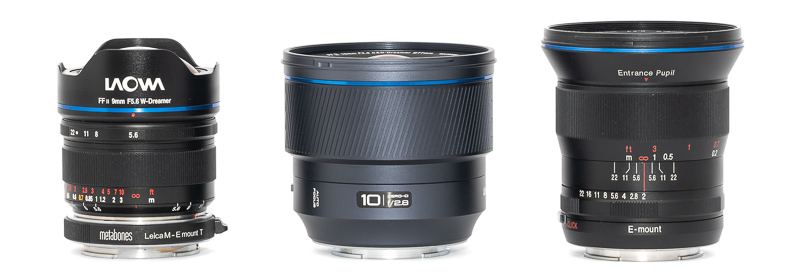
The new 10mm 2.8 AF looks huge compared to the 9mm 5.6, but on closer examination the diameter of the front elements is actually smaller, that was a bit of a surprise. The 10mm 2.8 does feature a much bigger rear element though. As should be apparent from these pictures: this is not exactly a small lens.
AF performance
I am not shooting sports or fast moving animals/humans so if you want to know if the lens is fast enough for this or how it compares to other lenses in this segment you may have to look for a different review with a more detailed assessment of this aspect.
In everyday use I found the AF to be perfectly usable and also nearly silent.
Vignetting
light falloff
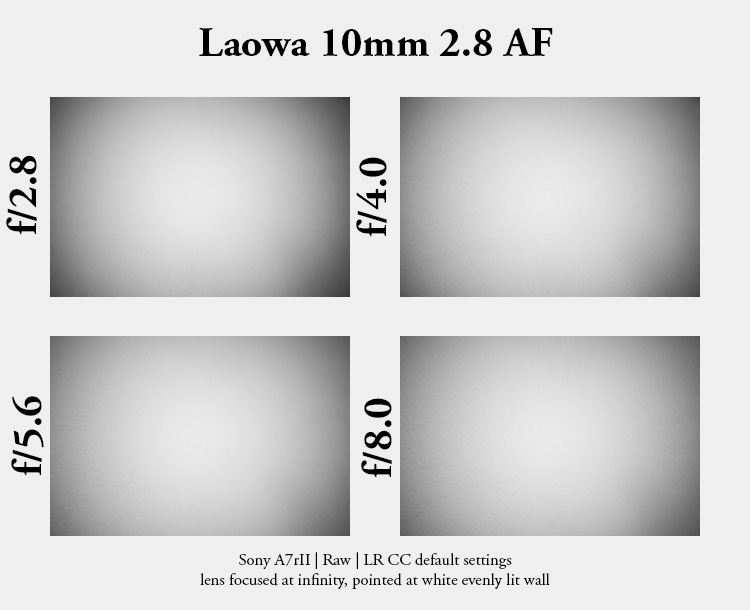
| f/2.8 | 3.9 EV |
| f/4.0 | 3.4 EV |
| f/5.6 - f/22 | 3.0 EV |
For the regular readers it will probably not come as a surprise that the vignetting numbers are really high, especially at f/2.8, where I measured close to 4 EV. We see a slight improvement on stopping down and from f/5.6 onwards the vignetting amounts to 3 EV. This is very similar to the Laowa 9mm 5.6 where I also measured ~3 EV.
The Brightin Star/7Artisans 9mm 5.6 do a bit better in this category showing around 2.3 EV light falloff.
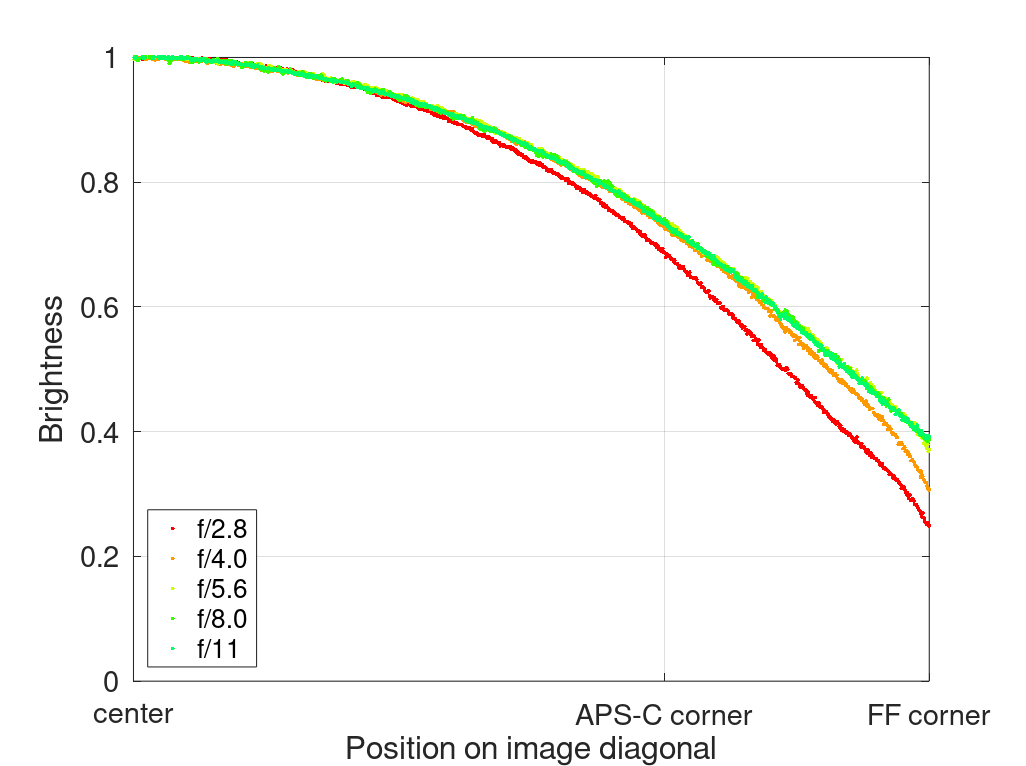
It is recommended to have a look at this article first to get an idea how this brightness graph works.
color cast
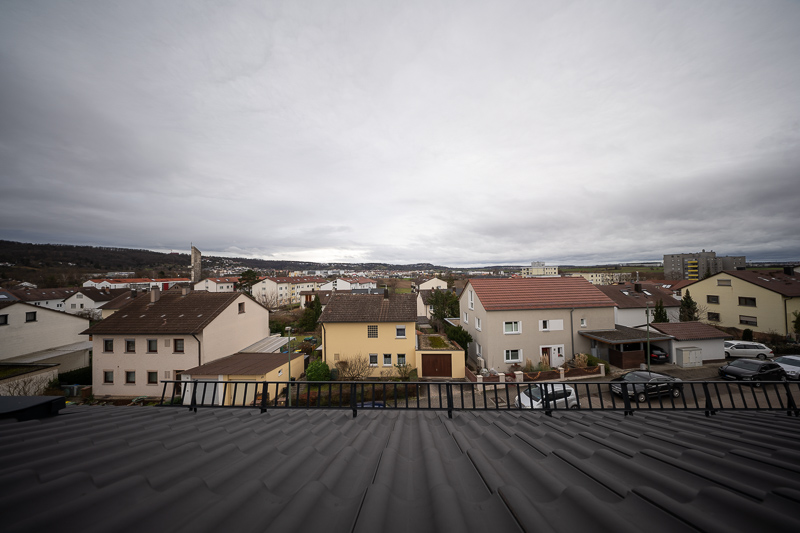
Some good news: while the Laowa 9mm 5.6 has noticeable color cast and also the closest competitor in terms of specifications, the Samyang 10mm 3.5 XP, even has one of the strongest color casts I have seen so far, this Laowa 10mm 2.8 is pretty clean in that regard.
I did not feel the need to correct any color cast in post for the pictures you see in this review.
Sharpness
infinity (42mp Sony A7rII)
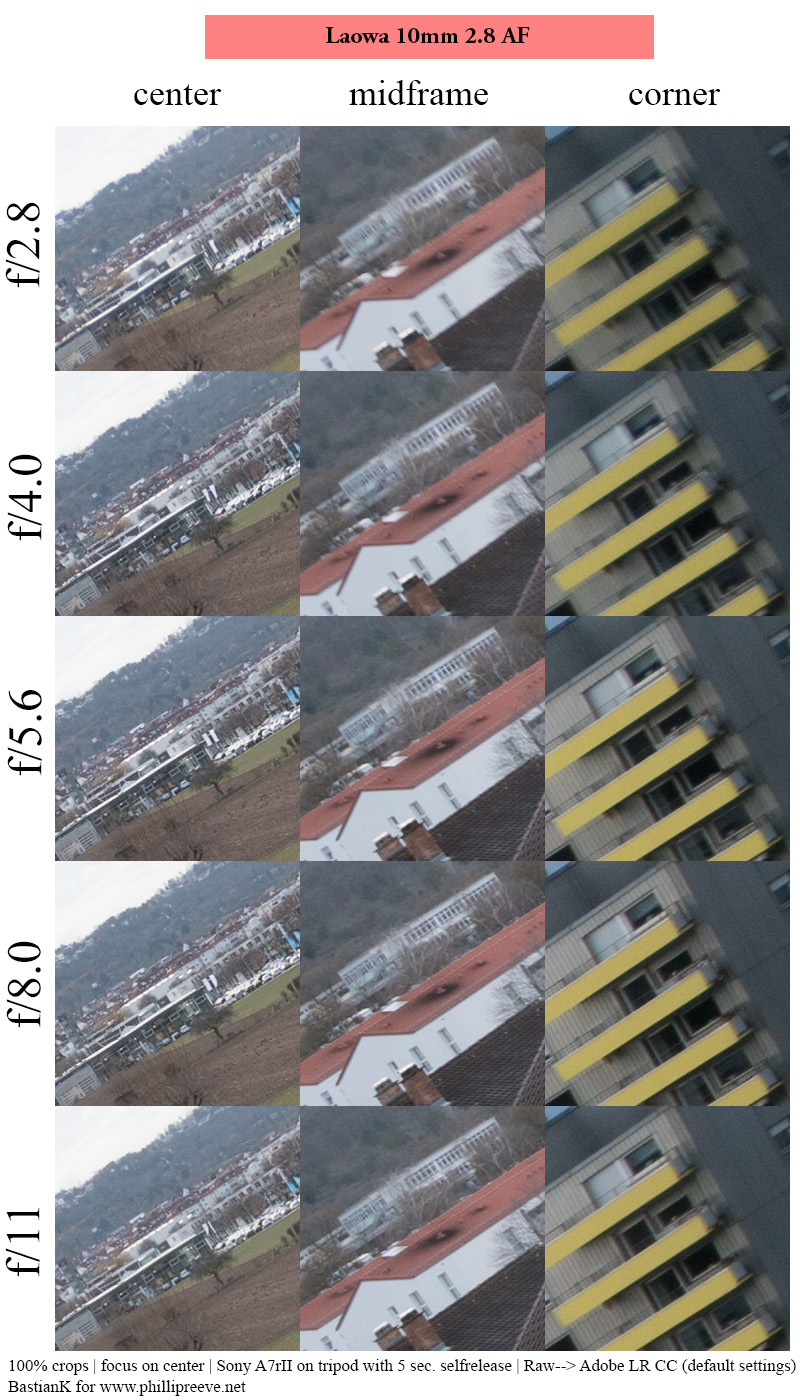
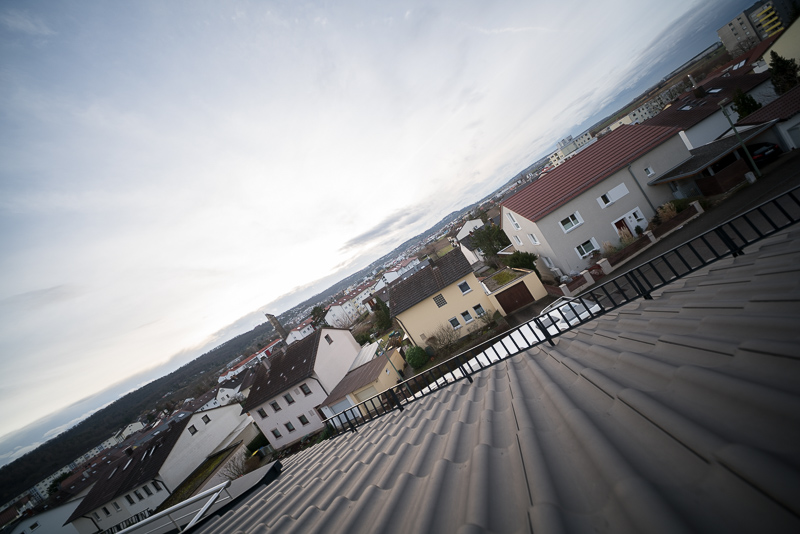
The center looks great from f/2.8, but as was already the case for the Laowa 9mm 5.6 we see a slight midzone dip which here disappears on stopping down to f/5.6.
Also similar to the 9mm 5.6 the corners look best at f/8.0, as due to high vignetting the actual f-stop in the corners is slower than that in the center and therefore diffraction kicks in earlier in the corner regions.
From f/5.6 to f/11 the performance is actually very similar to the Laowa 9mm 5.6. But when picking this lens over one of the 9mm 5.6 offerings the question is of course, how useful is it at f/2.8 and f/4.0? The midzone dip will only be visible in very big prints and when there are no important objects in the corners I wouldn’t mind using it at f/2.8 at all. Best have a closer look at some of the indoor sample pictures taken at f/2.8 to decide if this would be sufficient for you.
close 0.12 m, 1:5.1 (42mp Sony A7rII)
100% crops from center, A7rII
Laowa is known for implementing very generous close focus distances in their ultra wide angle lenses and this is also the case here, as this 10mm lens focuses down to 0.12 m offering an impressive 1:5.1 magnification.
Because the lens is big itself you will very likely run into issues properly lighting your subject situated at the minimum focus distance though.
Distortion
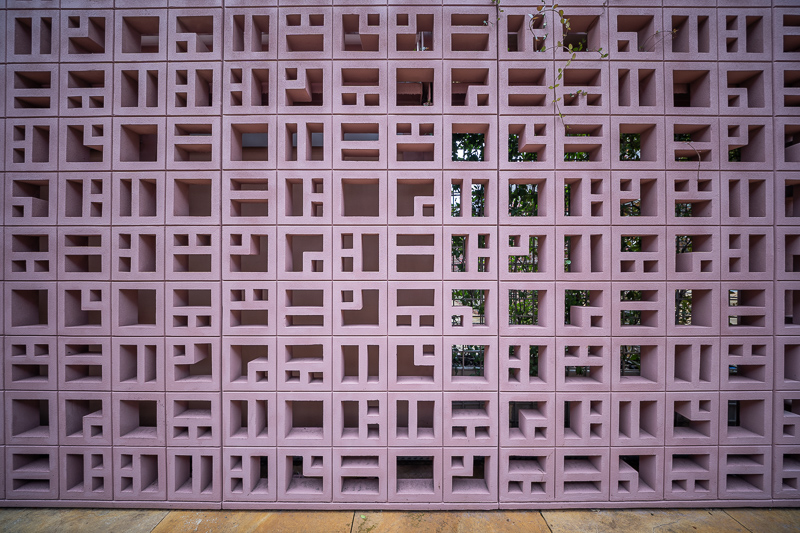
This 10mm 2.8 AF is part of Laowa’s “Zero-D” line. Not always does this mean that the distortion of the lens is non existent though, just that it is very low. As you can see from the picture above it is indeed low and I did not correct it for any of the sample pictures.
For crucial architecture pictures you may still want to correct this. There is no profile available now, but you can of course always try to create one on your own.
Flare resistance
As always evaluating flare is a complex matter since you can get any lens to look bad if you push it hard enough and a slight change of scenario can affect results a lot.
With a lens as wide as 10mm you will often encounter situations where you find strong point light sources inside and/or outside the frame. We will first have a look at the performance at f/2.8 and then at f/11.
Depending on the position of the point light source in the frame we can see several types of ring like artefacts at f/2.8. This issue seems to be most severe with the light source in the midframe area. If you have a structured subject they are not always easy to spot in the viewfinder/on the camera screen. In the following scene only later I discovered these artefacts:
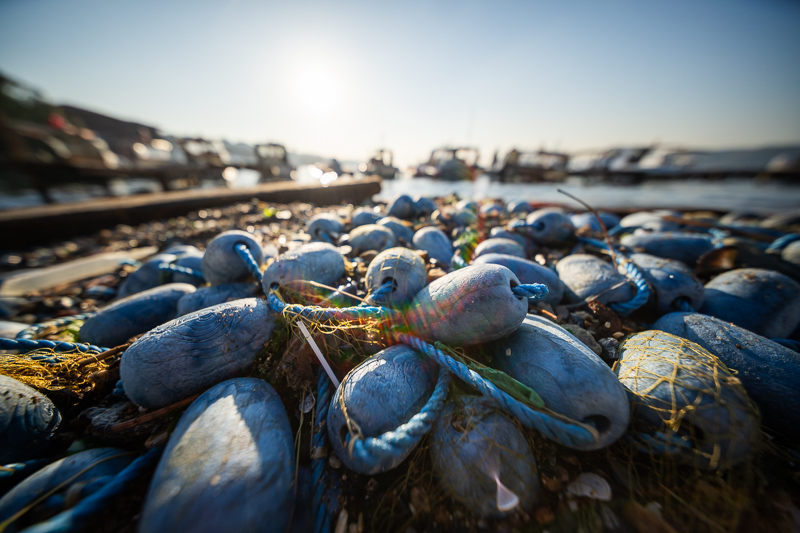
What about the situation stopped down to f/11?
Generally the performance is much better stopped down, as those ring flare artefacts are mostly gone.
By f/5.6 this Laowa 10mm 2.8 AF performs similar to the Laowa 9mm 5.6 as well as the 7Artisans/Brightin Star 9mm 5.6. I am a bit undecided how much we should complain about the artefacts at f/2.8, considering those other lenses start at f/5.6 and the Samyang 10mm 3.5 XP showed the worst performance of all of them.
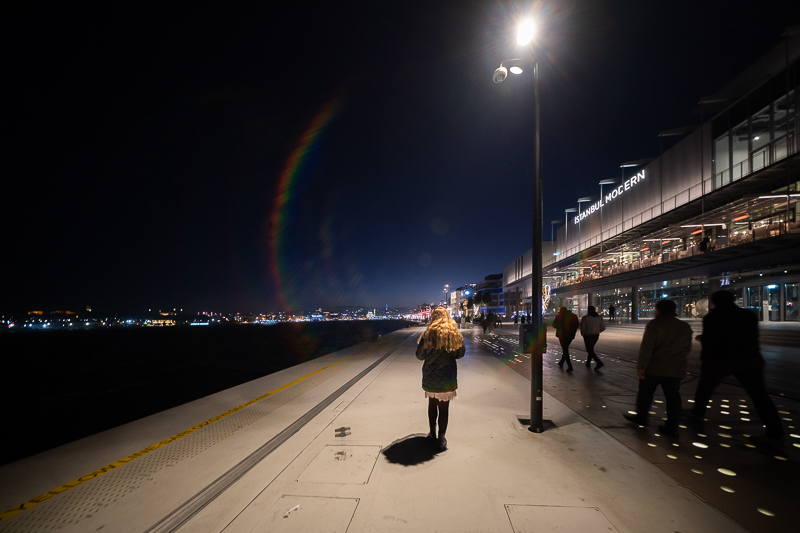
Coma
Astrophotography could be an application for a 10mm 2.8 lens. We see slight Coma at f/2.8 to f/4.0. Here the lens also performs a bit worse than the Samyang 10mm 3.5 XP. From f/5.6 Coma is well corrected.
Now stars are less demanding than cityscapes, so I also had a look how the lens performs here:
If you want a 10mm lens for astrophotography I would rather recommend the Samyang 10mm 3.5 XP not because of its slightly better Coma correction, but its noticeably lower vignetting figures – that is if you can live with its disadvantages for other applications (size, weight, color cast, no AF, worse flare resistance).
Sunstars
No sunstars at f/2.8 and very well defined 10-stroke sunstars between f/4.0 and f/22 as we have also seen from other recent Laowa ultra wide angle lenses.
If you want to learn more about sunstars have a look at this article.
Chromatic Aberrations
lateral
100% crops from extreme corner, Sony A7rII
The Laowa 9mm 5.6 showed an unusual behaviour here, as the CA were highest in the midframe, not in the corners, as we would expect.
This Laowa 10mm 2.8 AF shows a more typical behaviour, a medium amount of lateral CA in the corners which is also easily corrected in post by just one click.
longitudinal
Lenses this wide are usually not prone to showing longitudinal CA and this is also the case here. Even in this very demanding scene no purple fringing is to be found:

Conclusion
good
|
average
|
not good
|
In terms of optical performance this is generally a fine lens. It is nice to have the f/2.8 option in a lens this wide, as it allowed me to take some handheld shots during the blue hour that would have otherwise been too noisy without a tripod. Peak performance is reached at f/5.6, which is also the aperture setting I used most, as you can see from the sample pictures.
As with almost all lenses this wide my main complaint is the high vignetting, which was to be expected and is part of the price to be paid for having a standard 77mm filter thread.
When it comes to lenses in the 9-11 mm range, I would rate this Laowa 10mm 2.8 AF being the most versatile one. Not only due to offering AF, but also thanks to a standard filter thread – something not to be found on any of the competitors – and having close to no color cast, which means no time needed in post to fix it.
Now I am about the last person that would need AF in a 10mm lens, but for Laowa it was very important to include it, as it means the brand will be recognized by people that simply weren’t interested in buying manual focus lenses. This also allows them to gather experience that will be needed to develope lenses that heavily rely on a well working AF.
buy from the manufacturer’s homepage, B&H, ebay.com for $799
Alternatives
I will only cover the most obvious alternatives here. Out of these only the Voigtländer 10mm 5.6 and the Samyang 10mm 3.5 XP feature electronic contacts to communicate with your camera though. The less obvious alternatives you can find in our Guide to Ultra Wide Angle Lenses for the A7 Series.
Laowa 9mm 5.6 FF-RL:
I outlined the differences in the individual chapters already. The difference in FoV is much bigger than it sounds on paper. From f/5.6 onwards the performance is generally similar.
The benefits of the 10mm are AF and Exif readout as well as a lack of color cast and a normal 77mm filter thread. The 9mm is noticeably wider and smaller.
buy manufacturer’s homepage, B&H or ebay.com/ebay.de for $699 (M-mount) and $599 (E/Z/L-mount) (affiliate links)
Brightin Star 9mm 5.6 / 7Artisans 9mm 5.6:
The optical construction of these two lenses is identical, but the Brightin Star comes with a fitting 34 mm ND1000 rear filter for the same price, which is why I think it is the more desirable lens of the two – unless you don’t like its flashier casing design and/or you don’t want to use an ND filter anyway.
These are not as wide as the Laowa 9mm 5.6, they are roughly half way inbetween the Laowa 9mm and this 10mm.
The optical performance of these is actually similar to this Laowa lens from f/5.6. The most notable differences: less vignetting, green color cast in the corners, no AF and Exif readout, no standard filter thread.
buy from the manufacturer’s homepage | ebay.com | amazon.com for $479
Voigtlander 10mm 5.6 E Hyper Wide Heliar:
I used this lens for many years, but now that there are optically better and at the same time cheaper alternatives like either the Laowa 9mm 5.6, the 7Artisans/Brightin Star 9mm 5.6 and also this faster Laowa 10mm 2.8 AF available, I find this hard to recommend.
buy from ebay.de | amazon.de | ebay.com | amazon.com | B&H for 1099$ (affiliate links)
Laowa 10-18mm 4.5-5.6 C-Dreamer FE:
If you value flexibility and compact size over image quality and you don’t know yet what focal length is the right one for you this may be worth a look.
buy from manufacturer’s homepage | amazon.com | B&H (affiliate links) for $599
Samyang 10mm 3.5 XP:
This Samyang used to be the fastest 10mm option and for the corner regions this actually still holds true, as it shows noticeably less vignetting, especially stopped down. It does have really bad color cast though. I don’t think this is a great pick for mirrorless users, unless you desperately want a 10mm lens for astrophotography, where this is your best option.
buy from amazon.com | amazon.de | B&H | ebay.com | ebay.de for $899 (affiliate links)
Further Sample Images
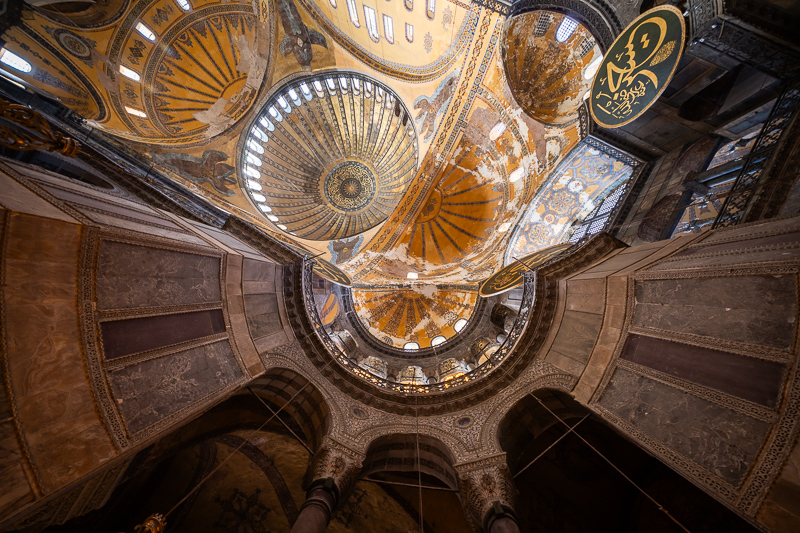
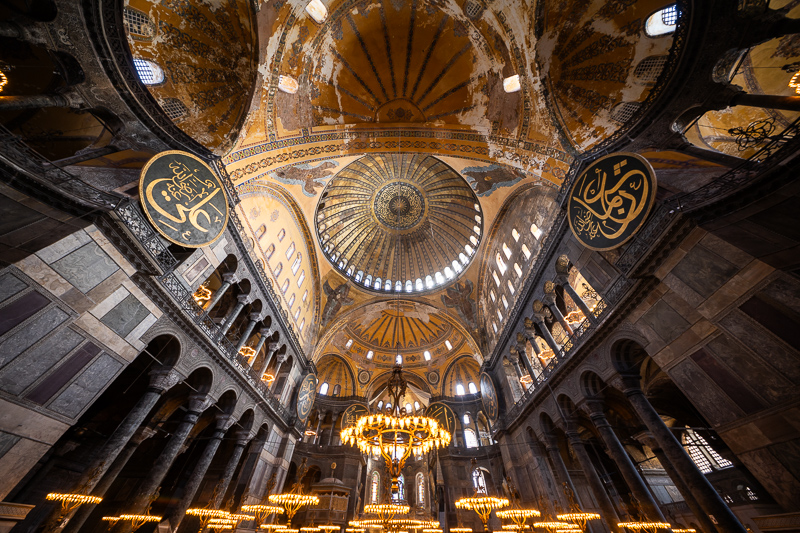
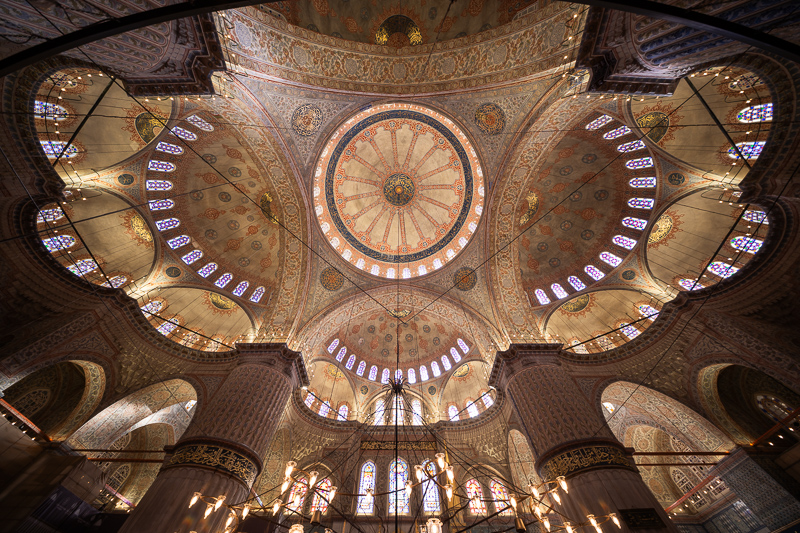
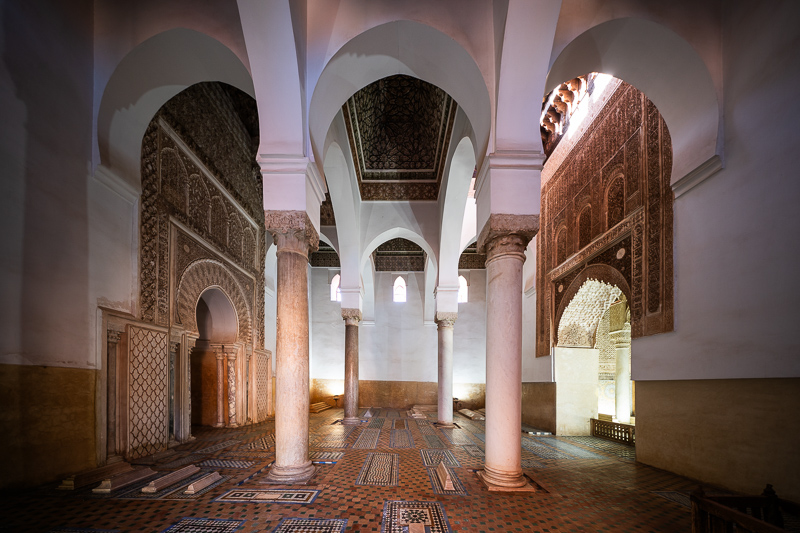
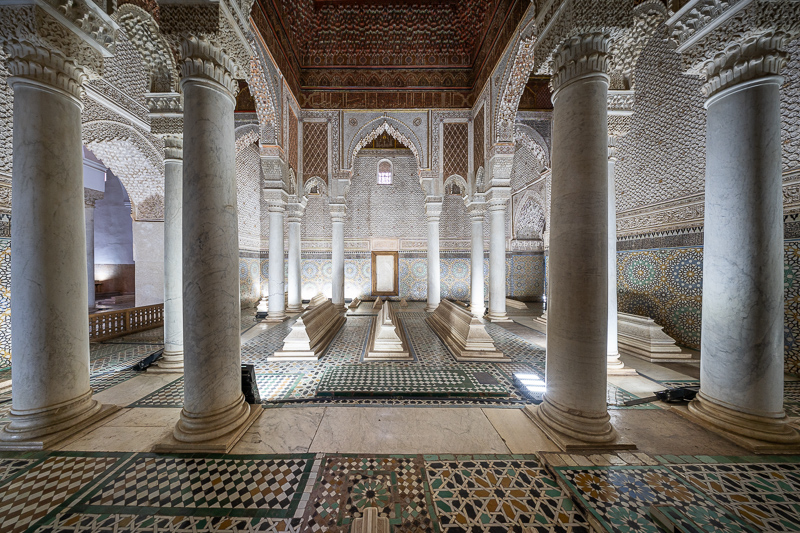
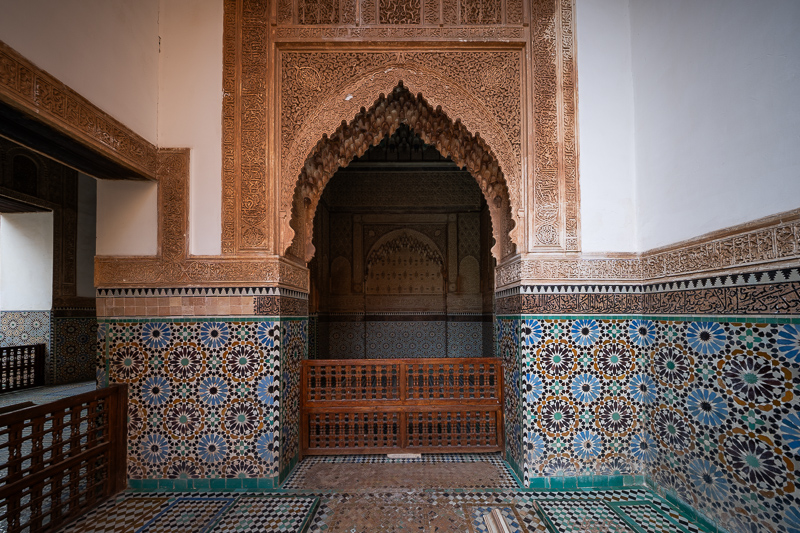
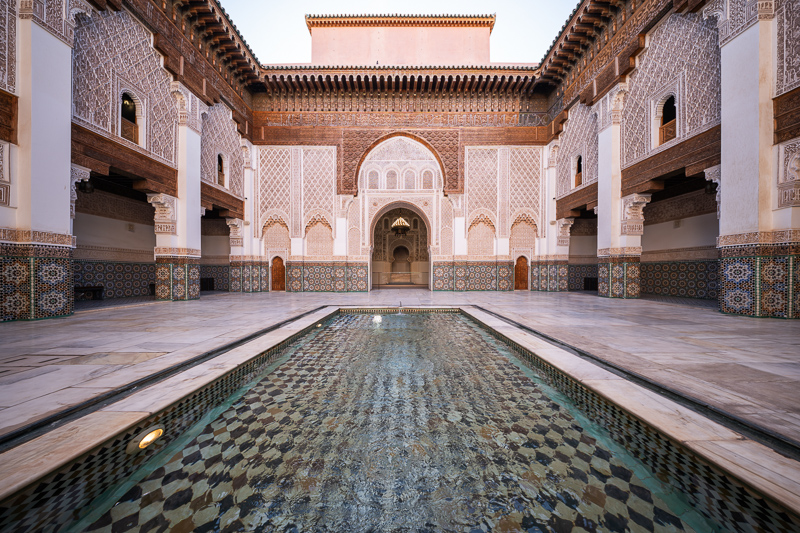
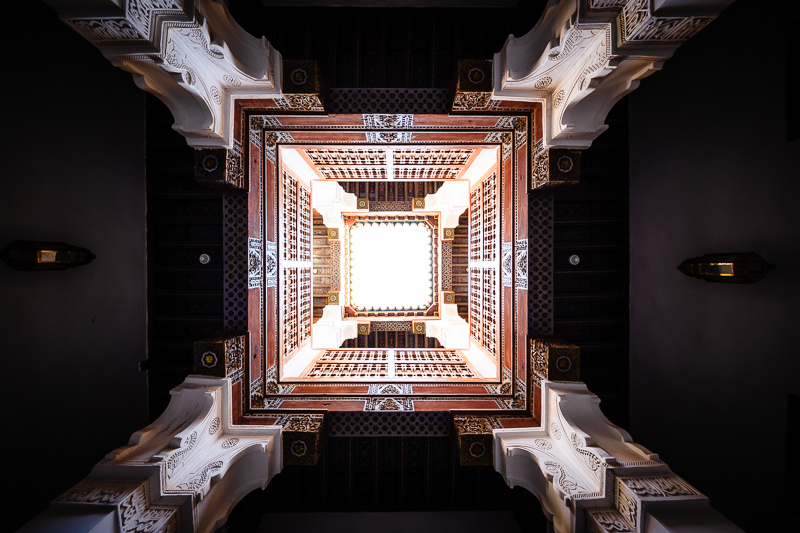
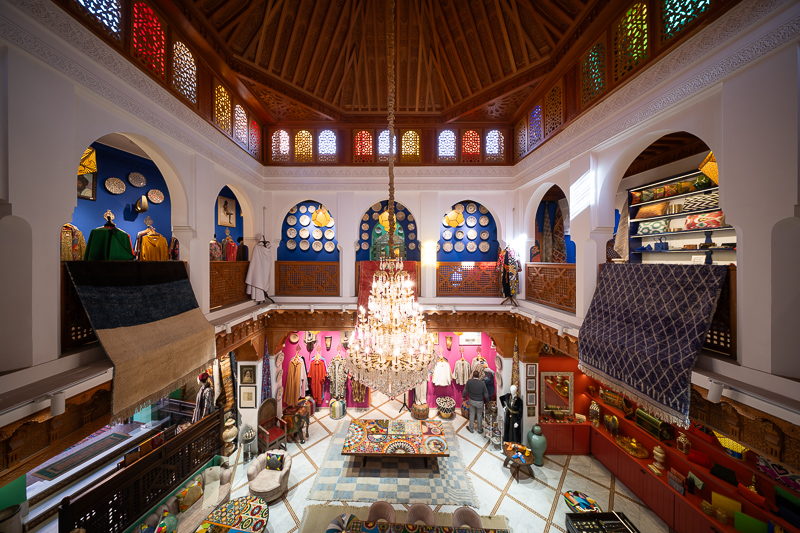
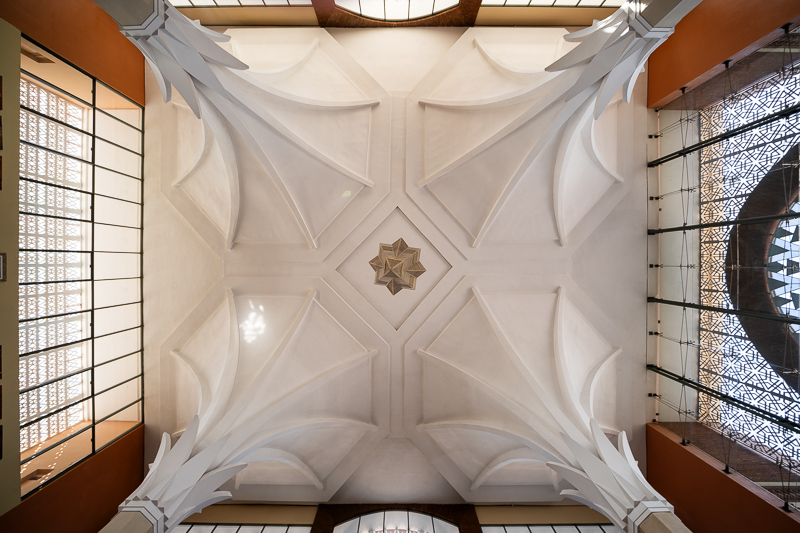
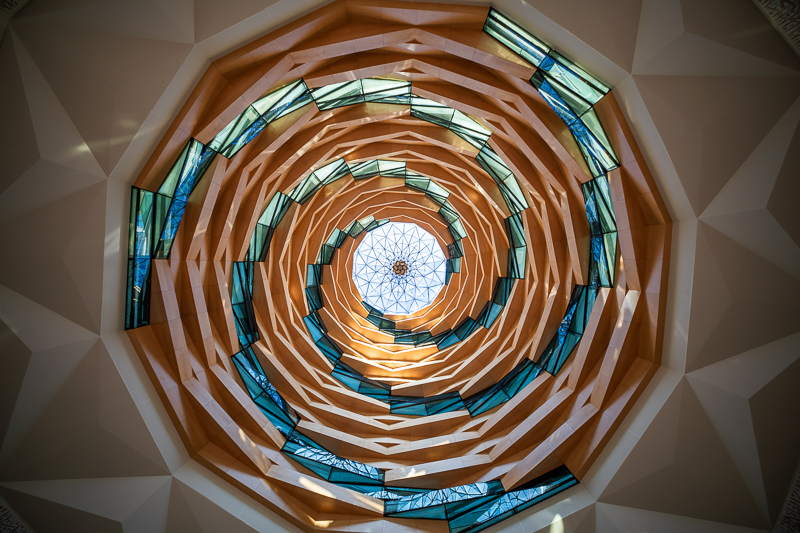
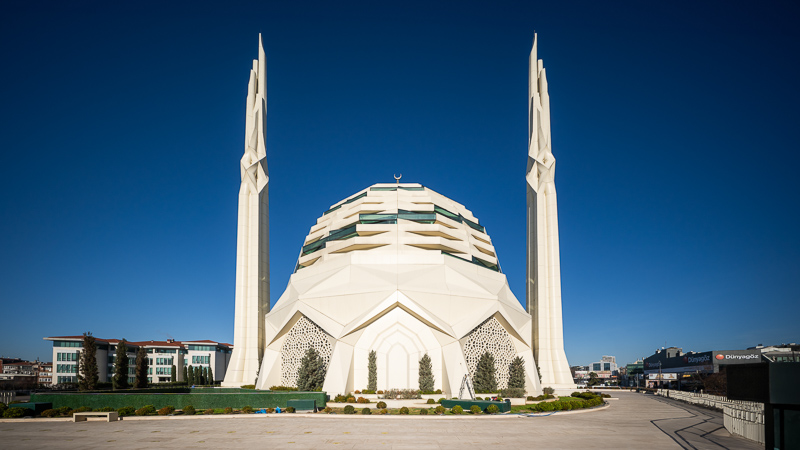
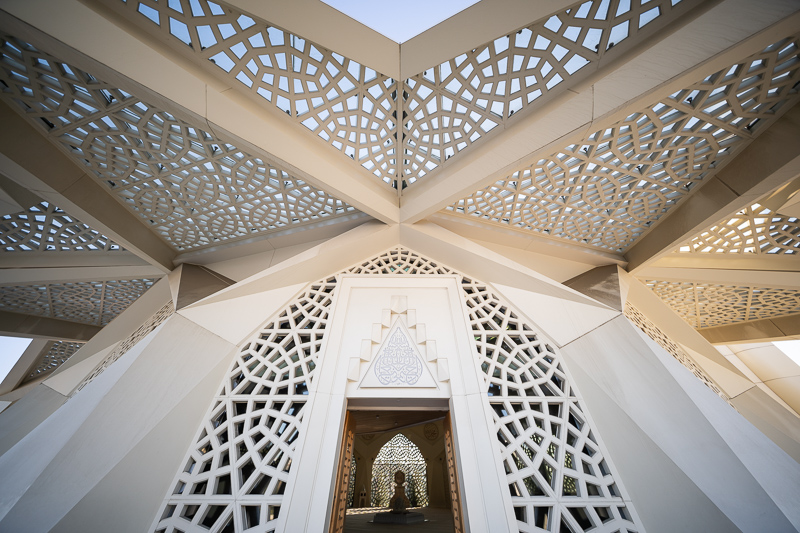
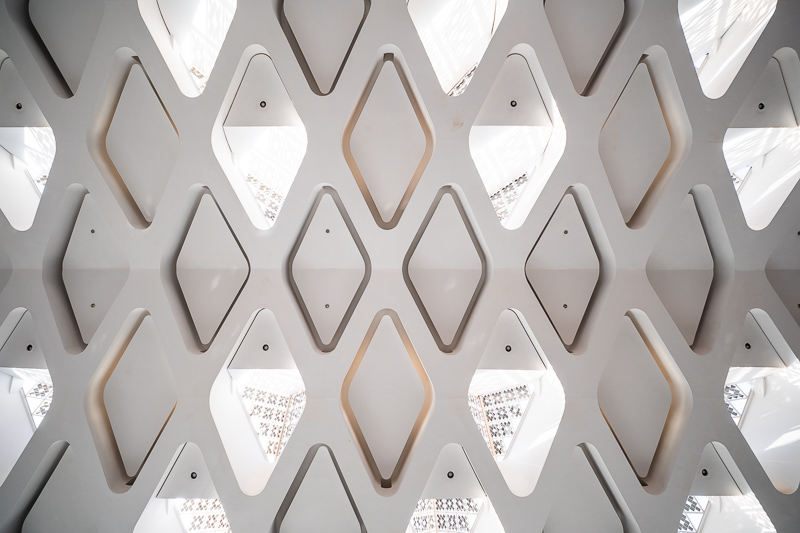

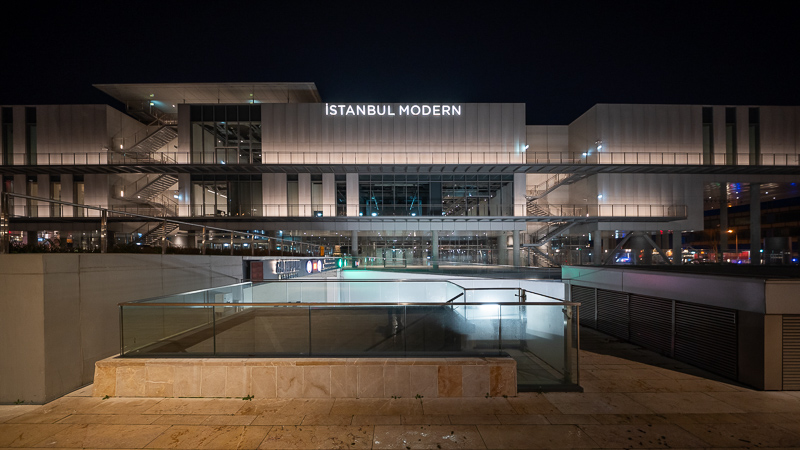
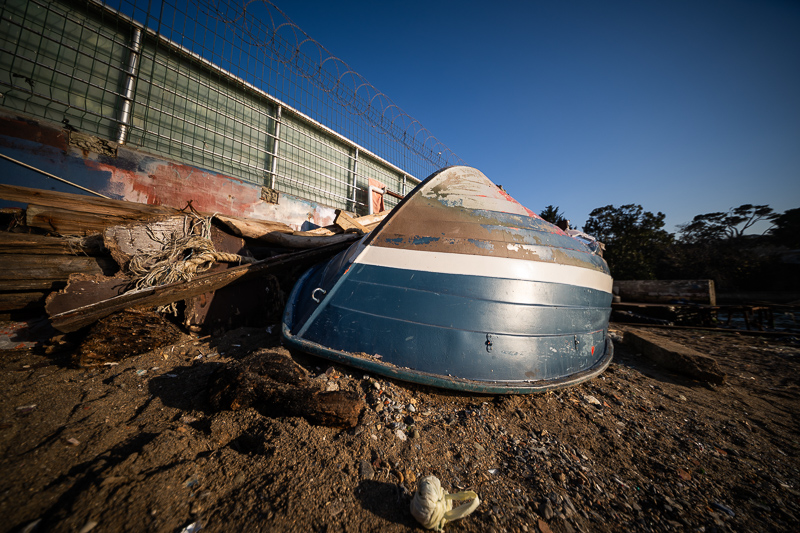
Many of the Sample images in this review can be found in full resolution here.
Further Reading
- Sony FE lenses: Our comprehensive and independent guide
- Guide to the best 85-135mm Portrait Lenses for Sony A7 Series
- Review: Viltrox FE 16mm 1.8 AF
- Review: Sony FE 24mm 1.4 GM
- Review: Laowa 35mm 0.95
Support Us
Did you find this article useful or just liked reading it? Treat us to a coffee!
![]()
![]()
![]() via Paypal
via Paypal
This site contains affiliate links. If you make a purchase using any of the links marked as affiliate links, I may receive a small commission at no additional cost to you. This helps support the creation of future content.
Latest posts by BastianK (see all)
- Review: Viltrox AF 35mm 1.2 FE LAB - December 17, 2025
- Analogue Adventures – Part 47: Tübingen - December 17, 2025
- Review: Zeiss Milvus 25mm 1.4 Distagon - December 13, 2025
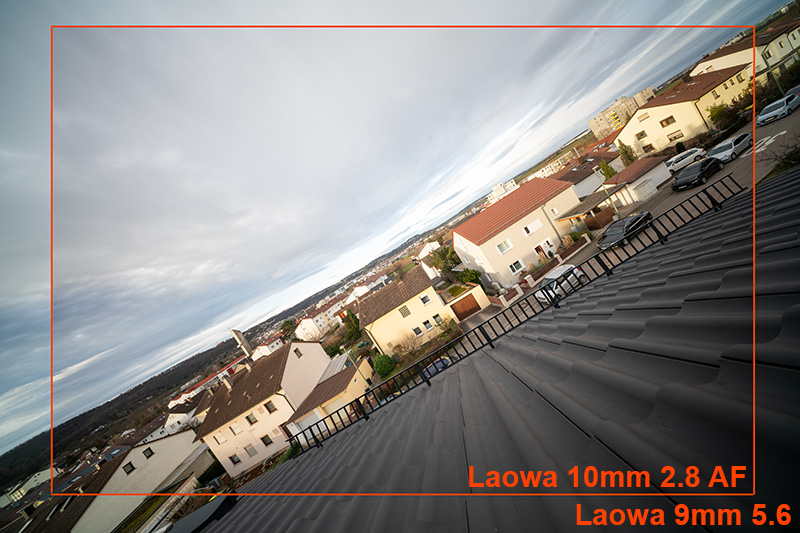
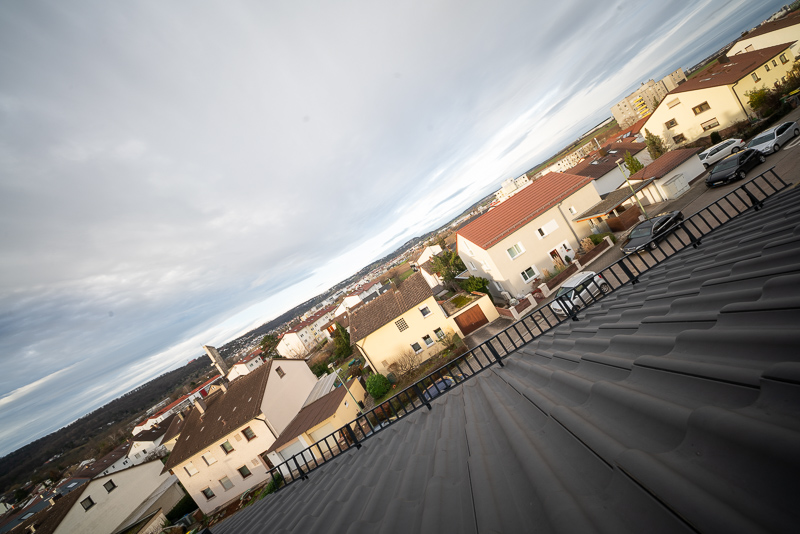
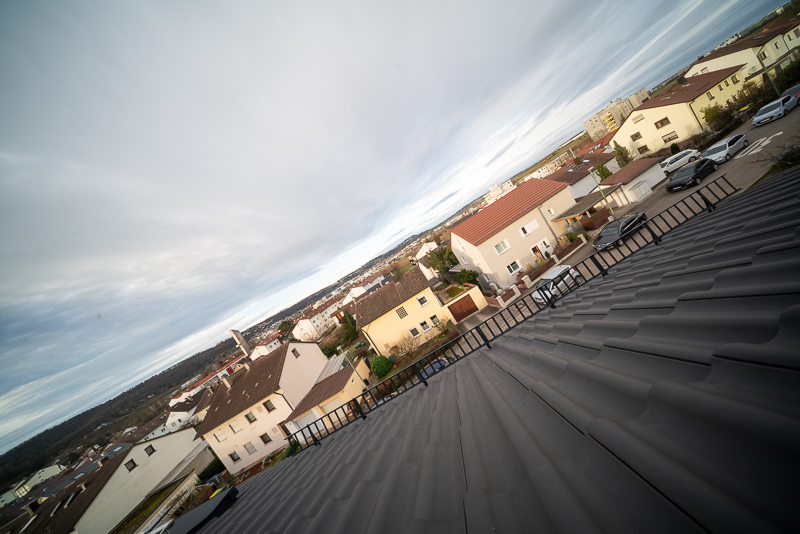
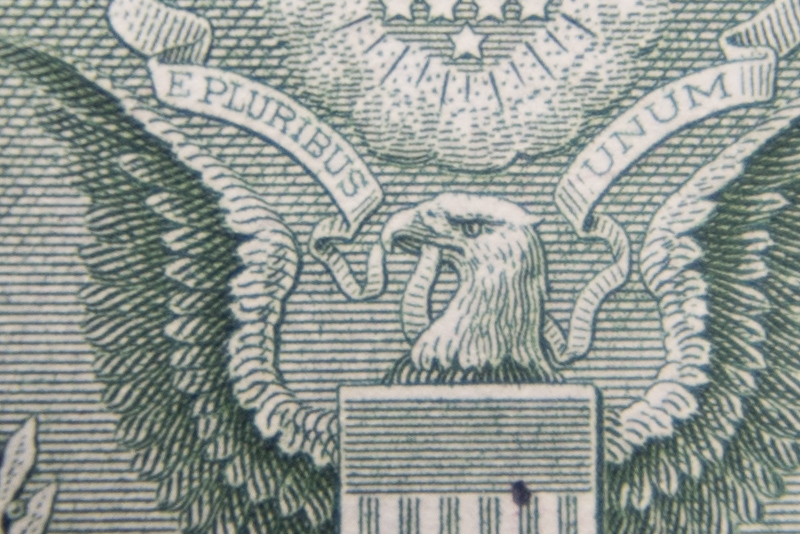
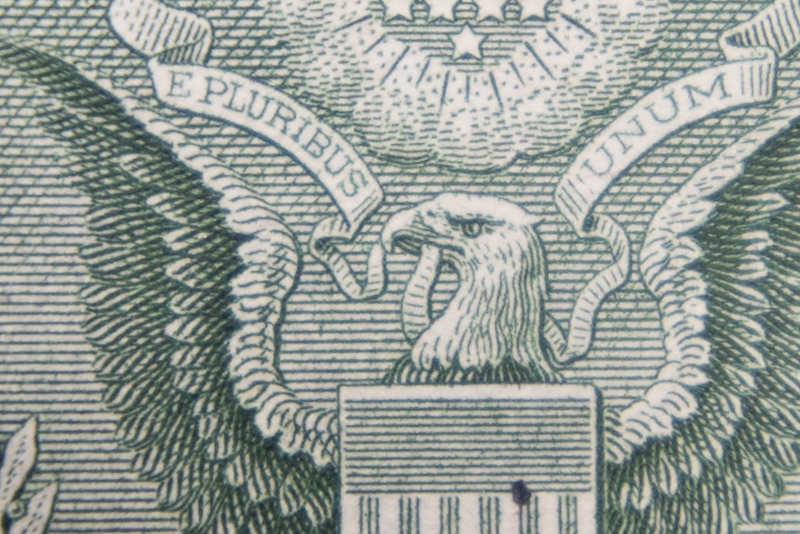


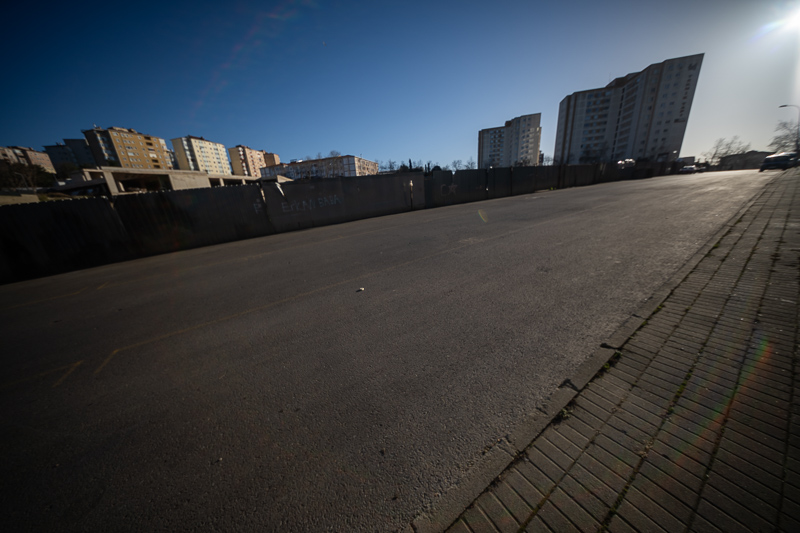
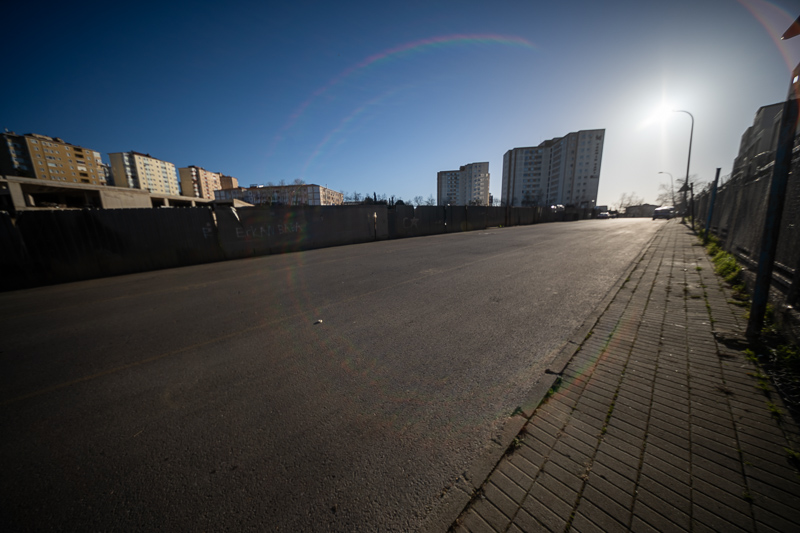
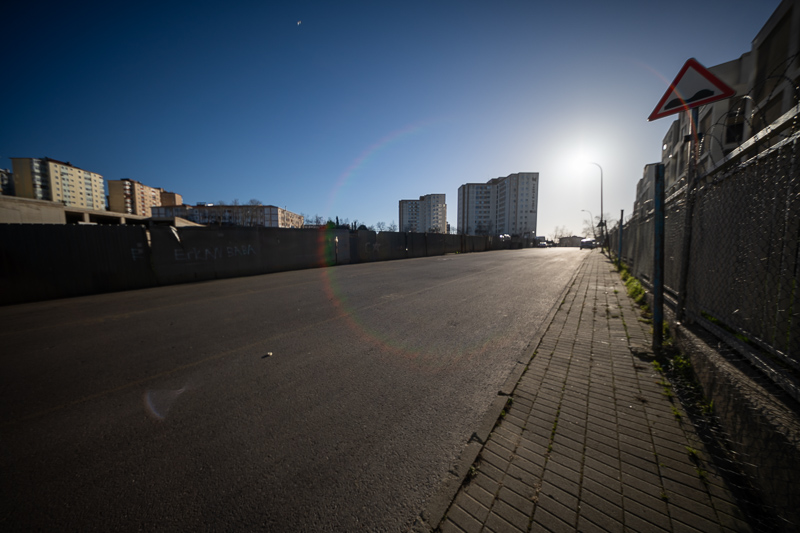
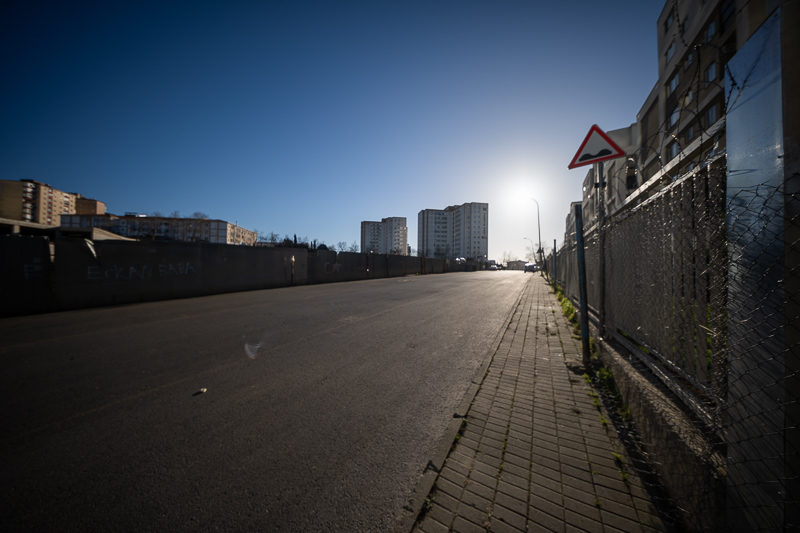
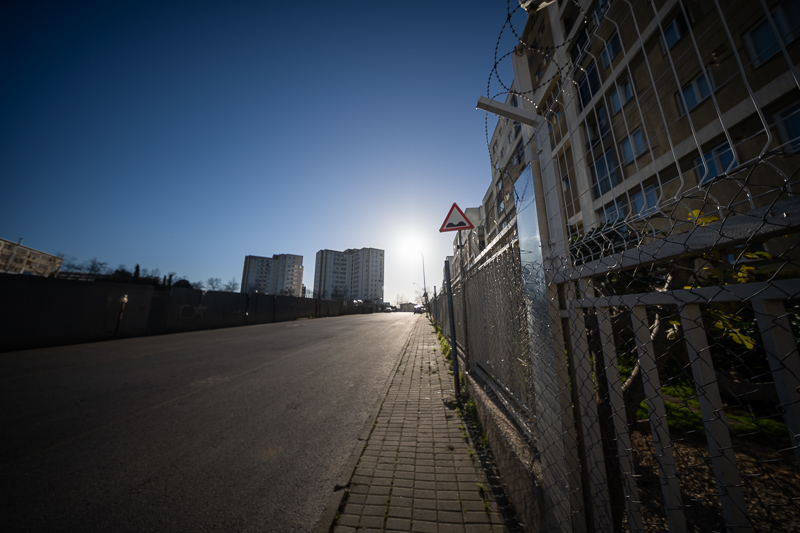
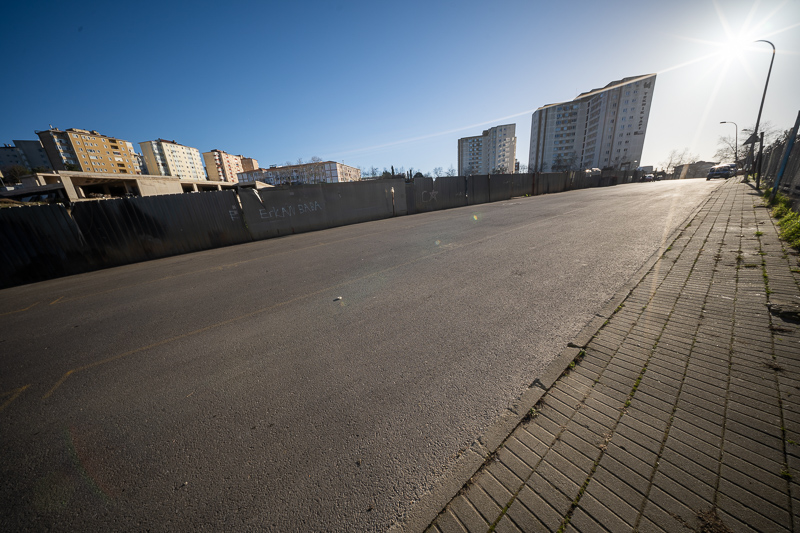
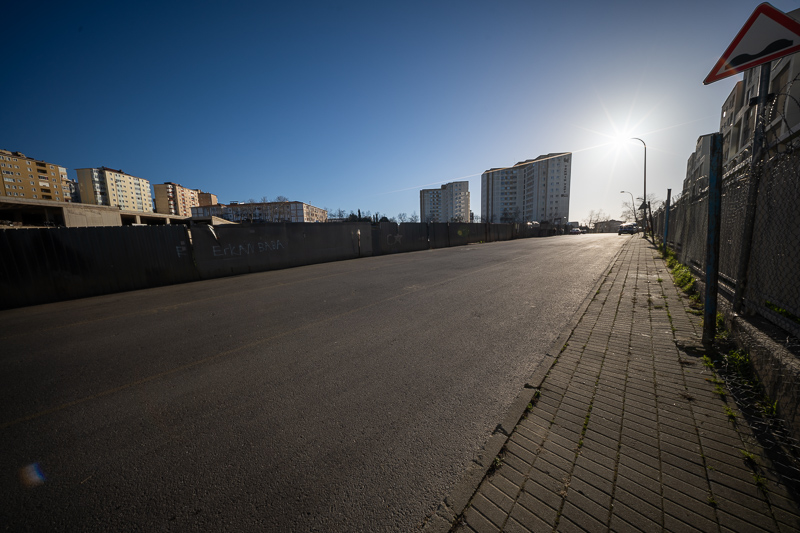
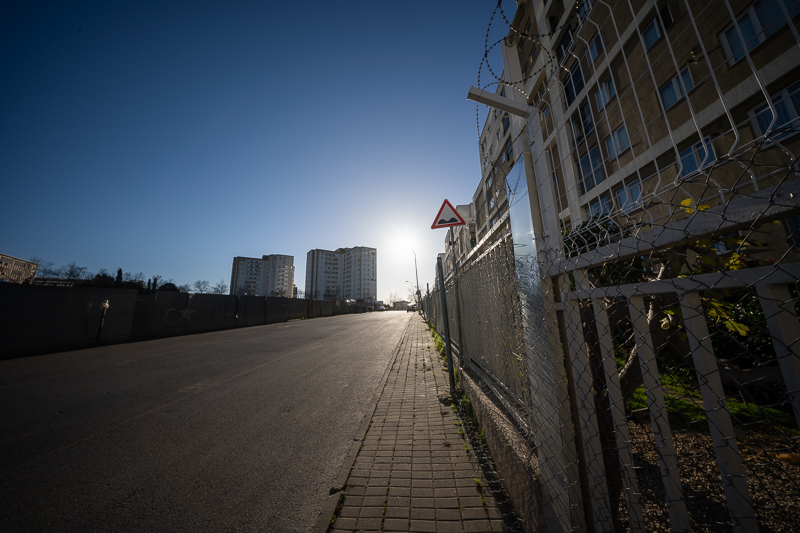
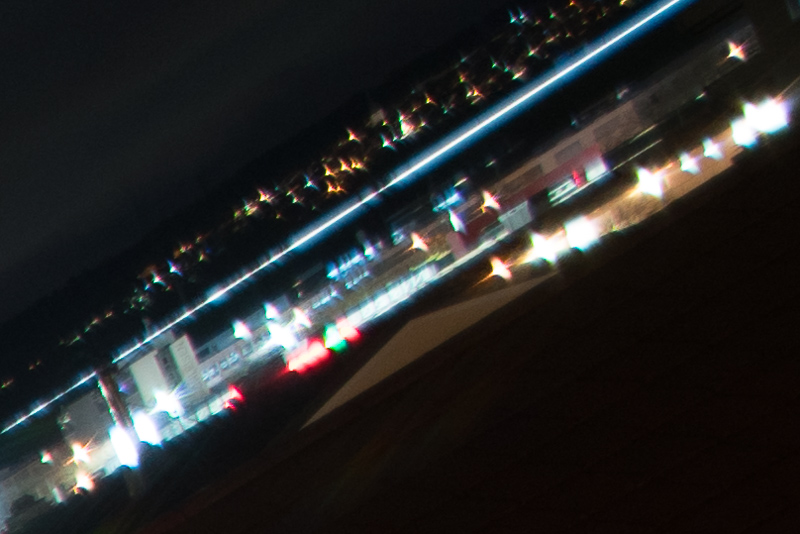
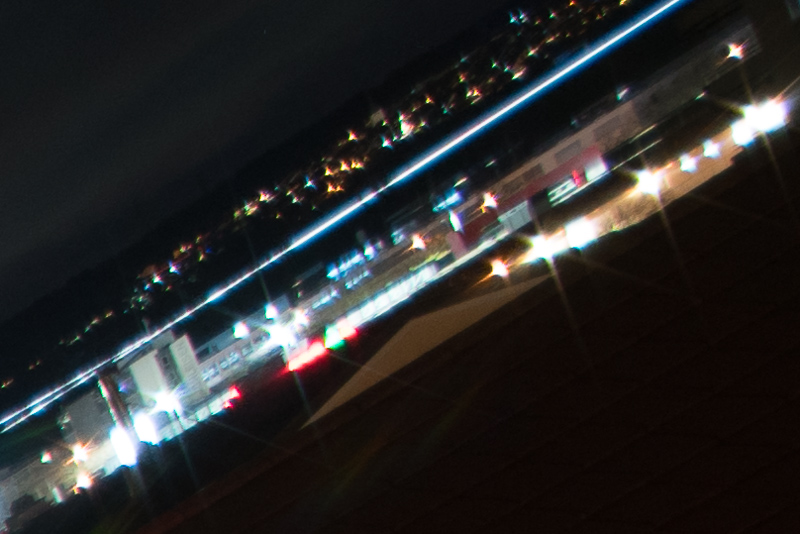
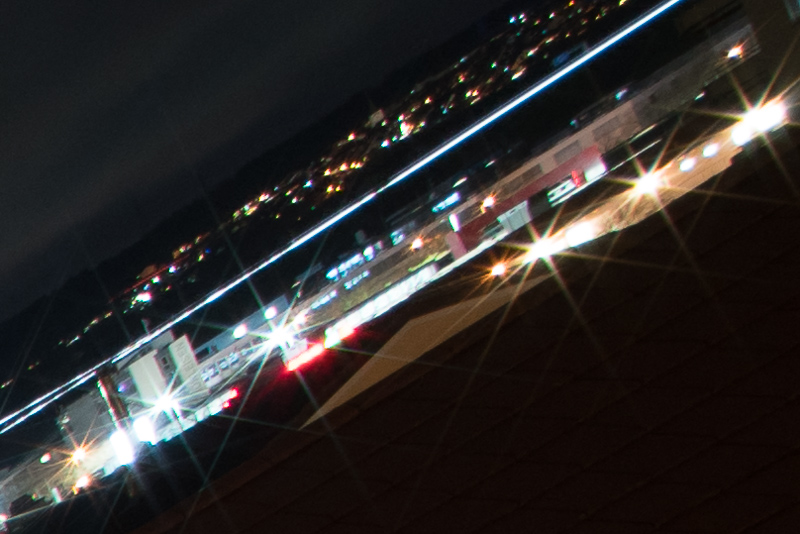
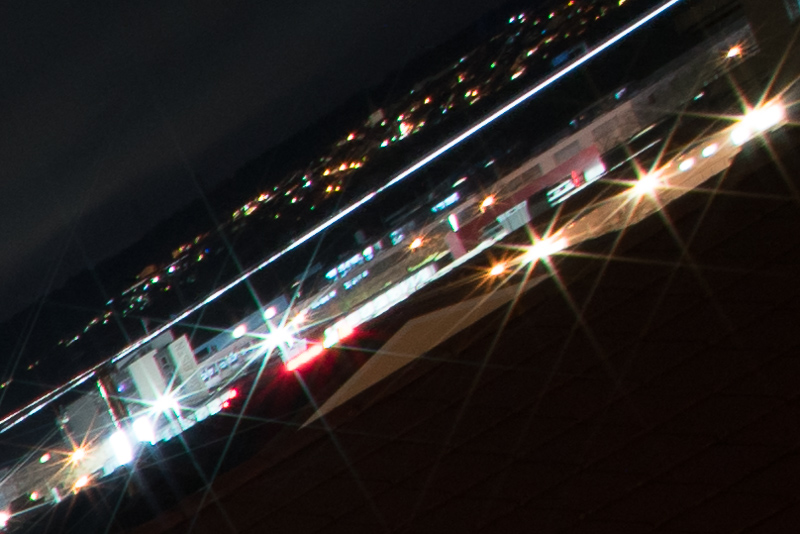
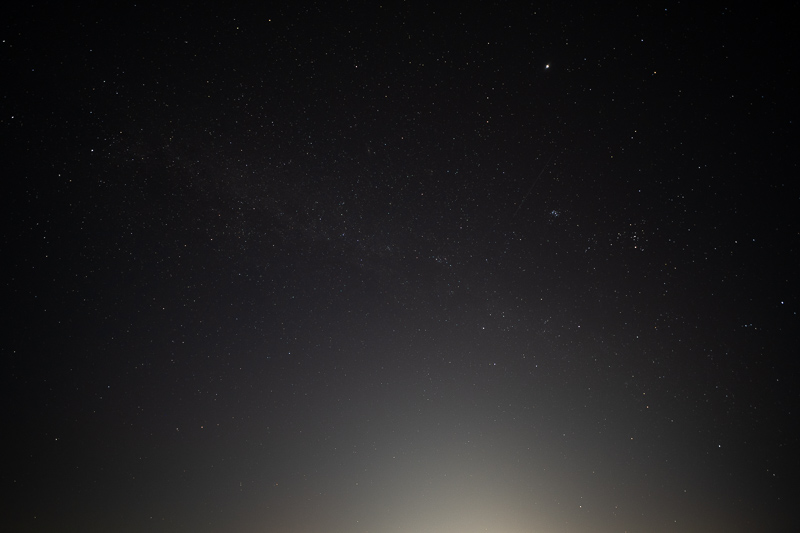
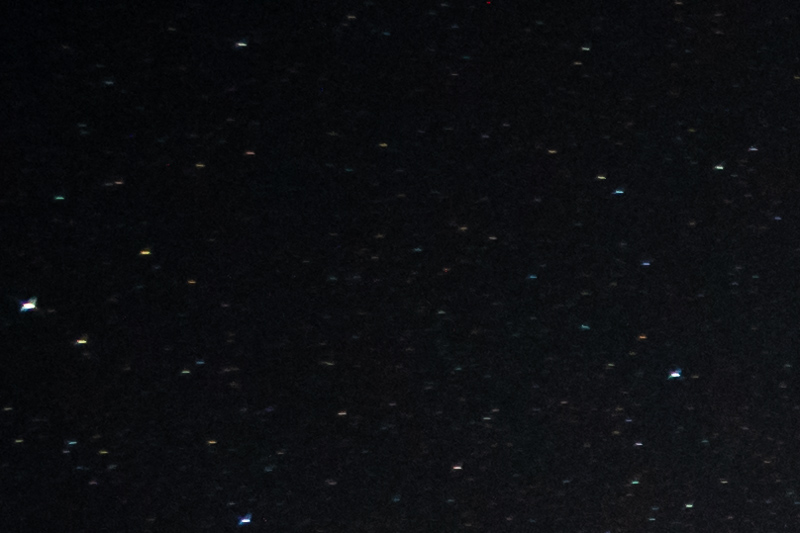
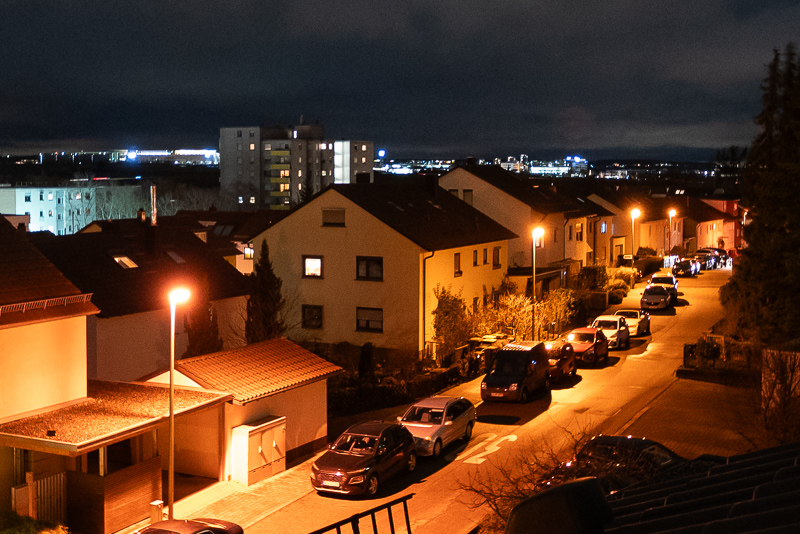
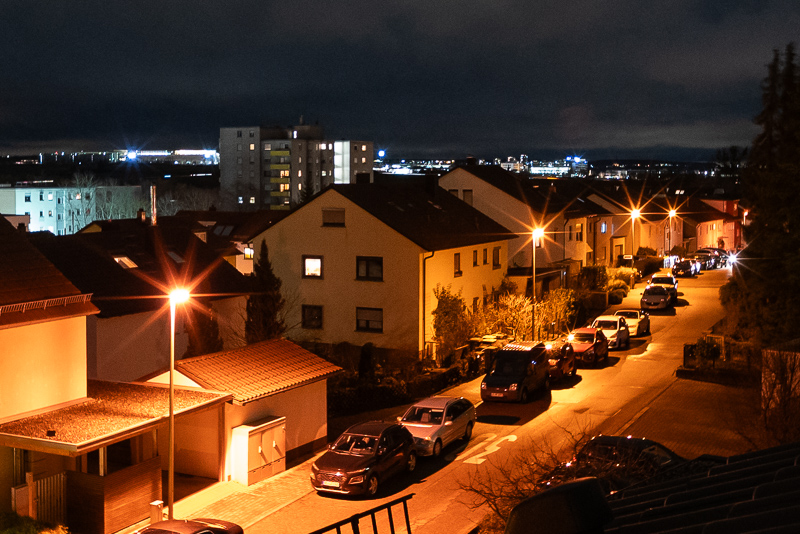
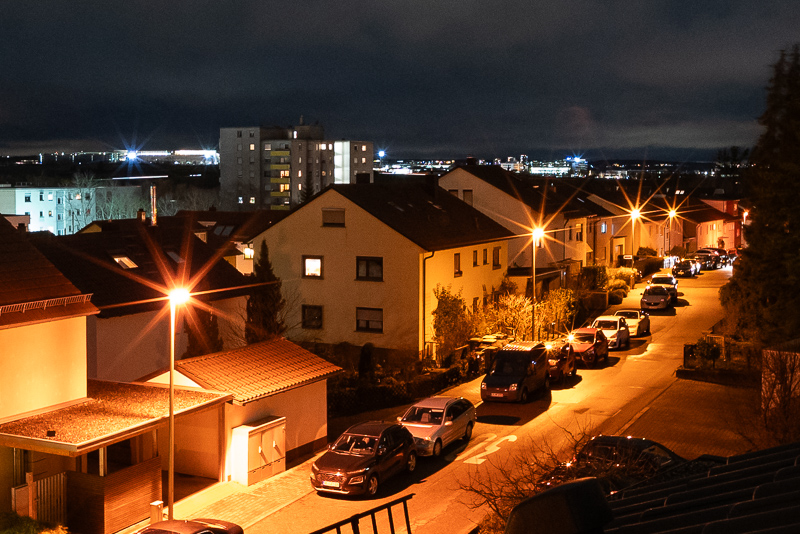
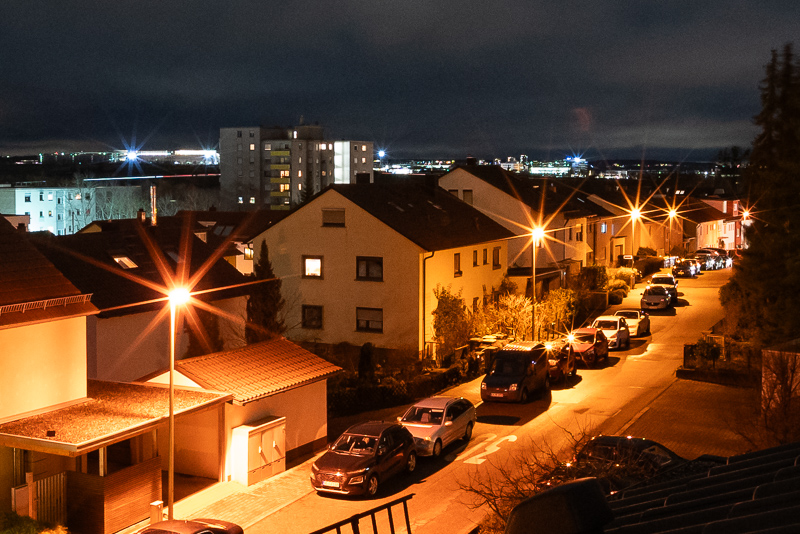
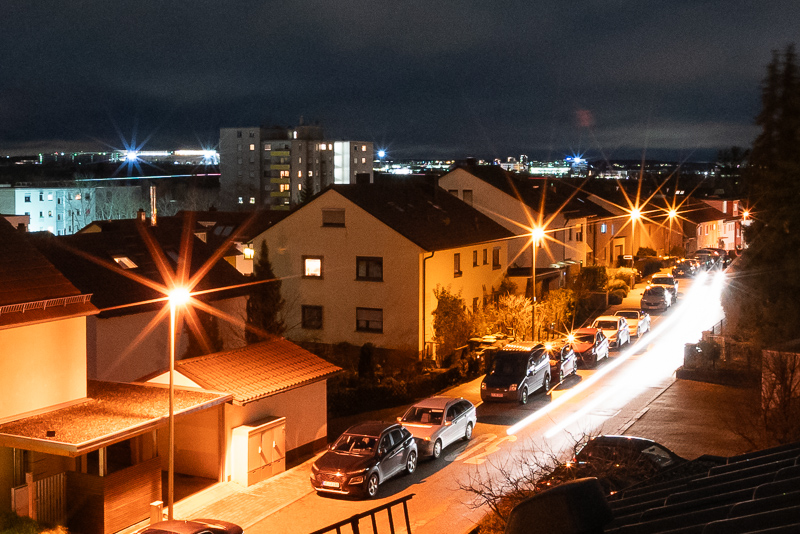
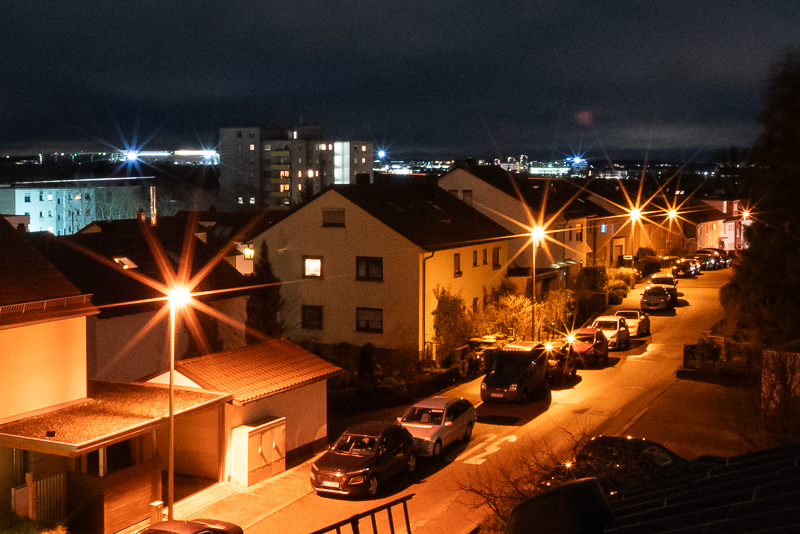
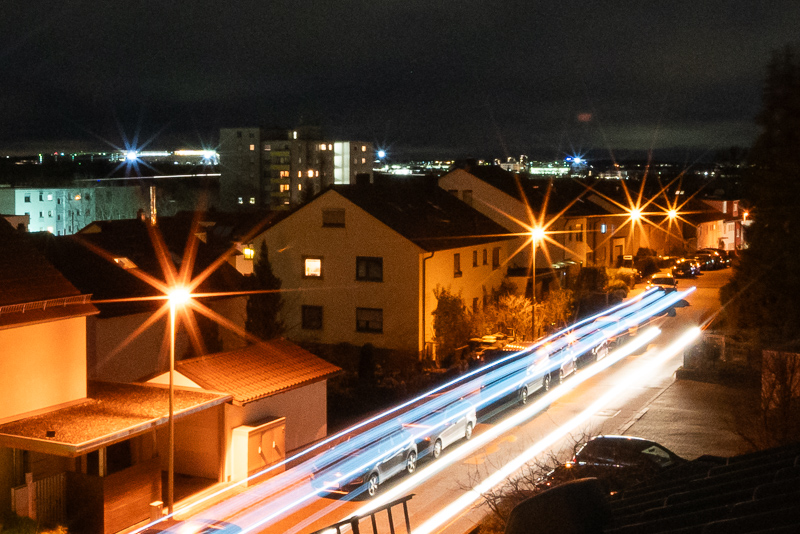
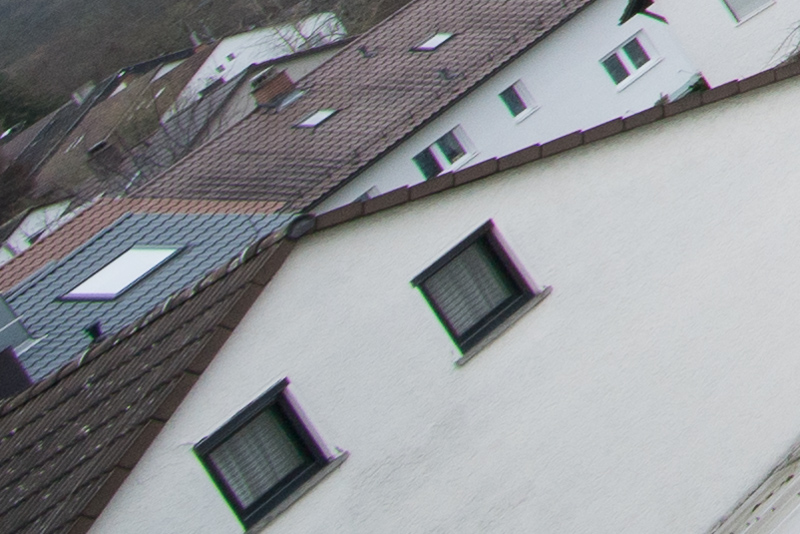
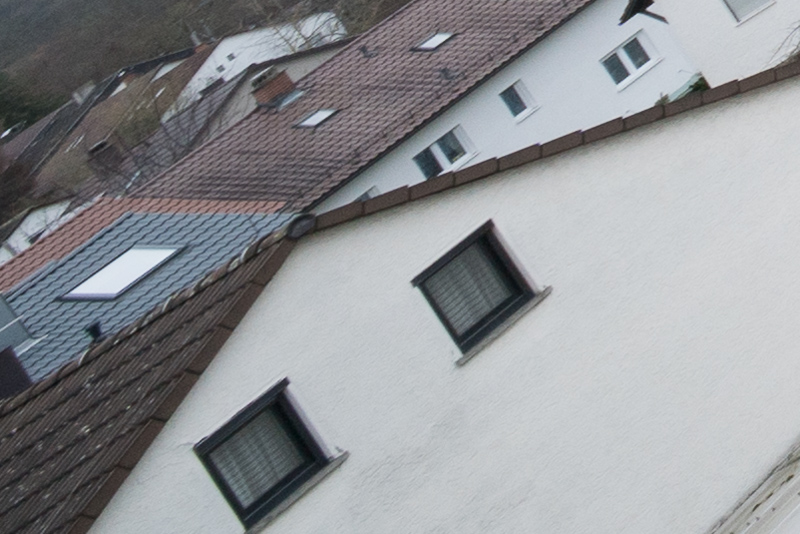
Beautiful images! But wow, that is an ugly lens.
The entire combination of features is interesting, isn’t it? It’s a great lens for people to learn ultrawide photography.
More than fast enough for astrophotography, decent close focus distance, no ugly color artifacts, even a usable filter thread! Originally I ignored the announcement of this lens (An autofocusing 10mm lens?) But all-in-all, it really is a great package.
I can’t think of another lens that does half of what this Laowa does, except for maybe the Samyang. Just wish it had an aperture ring!
You might have overlooked it: this lens is also available as manual focus version which does feature an aperture ring 🙂
I only found out about that today, therefore I don’t have a picture of it.
If you click on the B&H link however, they have it already listed with picture.
Oh wow!
Interesting that the manual version can come with a 14 blade aperture. I do love 14 stroke sunstars (Vintage Nikon ones especially).
Very interested in this lens but would like to know more about the a.f performance. Have looked online but not a lot of reviews are talking about how good bad or indifferent the a.f performance is.
Probably because a 10mm lens isn’t really demanding here.
Even at f/2.8 a lot is in focus anyway.
I wonder if the MF version for E mount has electronic contacts? I can’t tell from the B&H page (they don’t show a photo of the mount, and there’s no mention either way).
Will try to find that out for you. I am guessing yes.
Looking at the photos of the manual focus version on the B&H site, it’s clear that it DOESN’T have contacts. Damn!
Yes, I got a confirmation it doesn’t have.
It’s good to know that they aren’t abandoning MF lens production. Some of us prefer manual focus, especially for wide angle lenses. It’s good to know there still is a choice. It would also be nice if MF variants will be made of better materials (since there’s less need for weight saving). Personally, I rarely need AF in general, so one less concern about reliability and durability is a good thing. I wonder if the pricing will be similar.
Same pricing at B&H, $799 for all.
No not ugly Ben, very reminiscent of Minolta AF lens design of which I have a few+.
When I used various extreme wide angle rectilinear lenses on 8×10 inch , 6x17cm (Fuji, Linhof, and V-Pan) , or 4×5 inch large format cameras, I routinely used center weighted ND filters to even out the exposure from center to corners , I.e., to eliminate vignetting.
As the 10mm f/2.8 LAOWA can take a 77mm filter, do you have any indication that Laowa will make one for this lens?
So far no, but I will pitch that idea!
In past, I also had a center weighted ND filter. The only manufacture was, as far as I know, Heliopan. In 1995 the price was 400DM -> 200€ for a 77mm filter. I do not expect that the price will be lower if they are manufactured again.
The big disadvantage ist, you have to exposure 3 steps longer.
Lieber Bastian,
Another most interesting read as usual.
Like you, I own a 9mm Laowa, and like it quite a lot, despite its weak points including the fact that the lens is quite exposed which does not seem to be the case with the 10mm.
Acid test question: will you keep your 9mm, or switch to the 10mm?
Thank you again for another excellent review.
Valid question that I would probably also be asking if I were you 🙂
I do keep the 9mm as I have the M-mount version so that I can use it on more camera systems and because it is smaller.
And I already have it, so no need to buy the 10mm and sell the 9mm.
That airplane window shot is phenomenal.
One of my favourites, too. Thanks!
Hi Bastian,
Thanks a lot for this “long” 😉 awaited review…saw the note you left on the SAR website an eternity ago ;-).
This 10mm lens looked very promising to me mainly for two reasons :
– The MTF chart made available by Laowa when it was announced seemed to indicate much improved corner sharpness and CA over other Laowa UWAs,
– The 77mm filter thread means there is no need for a specific 100mm filter holder as for other Laowa UWAs.
I was therefore hoping it would be possible to simplify my current “UWA freak” landscape kit that consists of:
– a Laowa 9mm 5.6 + its dedicated Laowa 100mm magnetic filter holder… love, love, love the 10-stroke sunstars of this lens!!!!!! (https://500px.com/photo/1038203071/common-sense-or-our-lucky-star-by-gael-caro)
– a Laowa 12mm 2.8 + its dedicated Laowa 100mm filter customised to make it magnetic… quite nice sunstars too but a bit busier (https://500px.com/photo/1082194541/anywhere-out-of-that-society-or-rendez-vous-by-gael-caro)
– a Sony 14mm 1.8 + the specific Nisi adapter that fits a Nisi V5 100mm filter holder (again, adapted too to make it magnetic)
– a Viltrox 16mm
I would have been okay letting the 9mm, the 12mm and their dedicated filter holders go just so I would only need the Nisi V5 filter holder.
However, your review leaves me in two minds as this 10mm does not seems to offer the corner sharpness improvement I was expecting (my printer does A2)…was hoping for a much easier decision to make too ;-).
What do you think?
Thanks again, cheers!
I think you may be able to replace the 9mm 5.6 and the 12mm 2.8 with it, not sure about the faster ones 🙂
Image quality is similar to the 12mm 2.8 at 2.8 and the 9mm 5.6 at 5.6, which can be considered an achievement I think.
Ha ha ha, very funny =)…no way I am ever letting the 14mm or 16mm go! Maybe using this Viltrox made me too greedy when it comes to corners.
Especially Love your plane window shot BTW, congrats!
Many thanks for your answer.
Take care
Applause for this review, just great. You wide angle photos are very good marketing for wide angle photography.
Thank you a lot, I will order this lens. Already bought the 9mm thanks to you, Bastian.
Hope you will like it!
Knocked it out of the park with the beautiful shots and edits on this review, Bastian! Any chance you’d be interested in doing a post on your editing workflow? I find the colors and tones on your shots exceptional (also on the 28mm Nokton f1.5, wow!).
I’ve had this lense on preorder for almost a month now, and feel gleefully validated by your review, thanks for that.
Too bad this likely means the end of my beloved Voigtländer 10mm, but now I have screw-in filters, and can shoot handheld at night, OH BOY!
Thank you so much!
I already have one article for that, but as that workflow also changes here and there I might update it or make a new one. Goes to my neverending To-Do-list 🙂
I see the EXIF in your samples reports the focal length as 10.6mm. Any idea if the actual field-of-view is really 10mm, or is Laowa fudging a bit by calling it a 10mm?
I first had a pre production sample with preliminary firmware that incorrectly reported 10.6mm.
This is fixed on the production models.
Nice review. Considering Samyang lenses tend to need the dock and fw updates in order to af with newer Sony bodies I wonder if Laowa have a different deal with Sony considering there is no usb port. Or maybe they are user updatable via the camera.
Nice sunstars.
Huh, that’s a good question… Unfortunately either way they might be reluctant to answer (either it’s covered by a deal NDA or they’d be revealing a dock might be necessary later).
Great review. Certainly it is an interesting development from Laowa. How would you rate the lens sharpness compared to the Laowa 9mm?
I have the Laowa 9mm and often I find it tricky to focus accurately because on my copy the infinity marking is sadly not a hard stop, and depending on the temperature the actual position for infinity fluctuates. Very often I have the middle focus and corners or off or vice versa.
At f/5.6 and f/8.0 I think they perform very similar.
For me the infinity setting works okay, at least on one of my Sony cameras 🙂
Hi Matt,
In case you do not know about the ability to adjust the focus mark here is how to proceed:
https://www.youtube.com/watch?v=uhE1dPiVTEw
Cheers
Is it fair to expect the Laowa will give more microsharpness in the extreem borders when cropped to the AF 10mm
(On A2 prints, 61mio pix sensor,
always with extreem attention to editing!!)
..or at least not less good (f56/8) ?
Beautiful shots, Bastian. Does it seem like the lens Laowa sent you is decentered? The upper right corners on some of the Hagia Sophia shots look softer than the upper left corners. And the wide open night shot of Istanbul Airport is softer on the right side too. Even the vignetting tests look darker on the right side.
I received two samples of this lens, a pre production sample and a final production model.
The final production model had slightly better image quality.
Most of the sample pictures have been taken with the pre production sample.
Thank you for your nice review.
So if Laowa is making AF Lenses right now, will we get a 35 0.95 with AF one day? That would be very nice!
I am aware some people have high hopes for that, but that lens in particular might not be possible as an AF lens.
Awesome review as always Bastian, and you did use this title for the review 😉
This looks like a really nice lens and should be more of statement of Laowa’s ambition in entering the AF lens market against the big boys. I don’t think I have particular use for UWA this fast if not for astrophotography, but I am looking forward for their future fast AF offerings of longer focal length, also I slightly wished Laowa to start incorporating electronic contacts in their manual lens too, but from the looks of the manual version of this lens it is not the case. But my hopes are still up.
Lastly it’s kind of unfortunate that a lot of media attention for this lens is taken over by the announcement of Fuji X100VI. Same day! Would you believe it.
I guess more than one announcement around CP+ was to be expected 😅
I do have a sample of the upcoming 15mm 5.0 here that is a manual focus lens with electronic contacts, so I think you can keep your hopes up 🙂
Interesting, photos of that one seem to show a micro USB port (pre production I’d assume) yet no port on the 10/2.8…
One question about the Laowa 9mm f/5.6 though. How do you compose when you use that lens on a Leica?
I have been using it on a Sony all these time.
Liveview.
Is it possible to shoot with a film Leica camera?
It is possible, but for framing you probably want an external finder. Best one might be the one from the TTArtisan 11mm fisheye.
You don t mention the lighter 11mm, which is much lighter.
Is there a reason for this ?
https://www.venuslens.net/product/laowa-11mm-f-4-5-ff-rl/
I did not include any lens longer than 10mm, but there is a link to the Ultra Wide Angle Guide that includes all these lenses as well.
Great review as always!
Quick question about the use of the 10mm 2.8 as a substitute to the 15mm shift lens from Laowa? You did offer this suggestion for the Laowa 9mm.
Thanks in advance for your feedback!
Generally that works here as well.
Thank you Bastian for your unhysterical and concise review. Your images are stunning and illustrate many of the salient points. It looks like this lens is a great performer, especially when compared to their 10-18mm lens which had disastrous color contamination in the corners. Looks sharp and even the corners are acceptable given the super wide nature of the lens. I have one on order and look forward to using it for my architectural work!
Excellent review Bastian, as always! I can remember back to the DSLR days when Laowa released the 12mm 2.8 for Canon EF. With some contortions & concessions (proprietary filter holder, unavoidable vignetting), you could use a 95mm filter with it. That 12mm 2.8 was for a very long time, the widest lens that you could use a normal filter with and also the only lens that wide suitable for Astro work.
This lens is to that lens, as the iPhone is to the flip phone – a major technical improvement on all fronts. Laowa really has a great track record with wide lenses. Their innovation is actually quite impressive. I will definitely buy this lens before long.
On another subject, I know they have a 15mm F5 Cookie lens set to release in M mount and possibly other mounts. Do you know anything about this lens and when it might be realeased? It seems to be delayed…
I already had samples of the 15mm 5.0. There were some issues that are currently being taken care of.
Thank you for the info. I trust you will be reviewing when the production issues are sorted out.
Of course 🙂
Hello! Thank you for reviewing the 10mm as I’ll surely buy it. I own a Laowa 9mm f/5,6 and a GM 12-24 f/2,8 (got used at a very reasonable price) and I’m selling the 9mm. I’m thinking to sell the 12-24 too as the new 10mm is f/2,8 but when I think about the different quality and the focal excursion I do not know if is a good idea. What do you suggest me? The 12-24 is big and heavy and selling it I would regain the price (even reasonably priced, the 12-24 is still expensive) but it should perform much better @ f/2,8 than the new 10mm. Can you help me? Thank you in advance.
10mm and 12mm are a huge difference. Maybe keep the 12-24 alongside the 10mm for now and then decide if you can live without it.
Fair to say that if you want the result it gives at f8 for best rendering,
but now do the same with 9mm
wile not closing in, but trimm down file to match the content of the af 10mm, that the 9mm will have better corner sharpness and illumination (wile not suffering color issues if both with identicql ..monochrom ?
When I need the most extreme WA for architectural interiors, I use a diagonal fisheye (quite pleased with Rokinon thus far, but hoping to upgrade due to extra correction needed in post). Possibly the new king of super-wides will be the Sigma 15mm f/1.4 Diagonal Fisheye, which seems to be ‘type-cast’ as an astrophotography lens. I see its potential as a premium architectural lens, which after defishing produces a much wider AOV than any of the rectilinear corrected lenses. Whether the defished results are as good as the Laowa 9mm and 10mm lenses within their AOVs (and adequately beyond those widths) has yet to be properly demonstrated through high-res pixel-shift capture. It certainly looks promising, albeit very expensive and big and heavy. Now that it’s available from LensRentals, I might give it a try.
This is again wrong. Any rectilinear lens that is wider than 15mm will give a wider FoV than a picture from a 15mm fisheye lens when defished. This is how focal lengths work.
I’m interested in purchasing this lens for myself but am in no immediate need of it. Does anyone know if it goes on sale from time to time? I might wait if it does. Thanks.
Hi Bastian,
how much better is the Laowa 10mm than the Voigtlander 10mm? Should I sell the Voigtlander und buy the Laowa? Keep in mind, that I take pictures with a Sony alpha C with only 24 megapixel.
Personally I prefer the Laowa 9mm 5.6, but yes, both of the Laowas are way better than the Voigtländer and that is also apparent on a 24mp camera.
Received this lens today in Z-mount, and did some test shots for the first time. My findings: it’s sharp, it has tons of vignetting, it’s compact, has good AF and build quality, but ZOMG the hood. It seems nearly impossible to remove – even after rotating it out of the “operational” position it just stays on the lens, and I’m afraid to try using force to wrench it free (mostly to put the filter on, I guess, after which it would go back on the lens and probably stay there for good).
All in all deserved to go into the Ultrawide guide on this site, probably as the default choice for anyone willing to go REALLY wide? (since manual focus is not for everyone; not for me, that’s for sure).
P.S. Your review, together with the one by Klaus of OpticalLimits, was what swayed me towards buying it. I hope I’ll be able to put it to REALLY good use in the future. 🙂
I find AF very valuable! Recently, I traveled to the US for the first time and spent a few days in Manhattan. With limited time and cold weather, having AF made it much easier to focus quickly, allowing me to capture many amazing pictures.
This lens has two downsides, though. First, it is very prone to scratches – I just bought it, and after only a few days of shooting, it already has several scratches with paint chipping off. Second, the lens is quite thick, making it less convenient to handle the camera.
Overall, I’m satisfied with this lens’s wide field of view and fast aperture, so I’ll be selling my Laowa 9mm f/5.6 FF-RL.